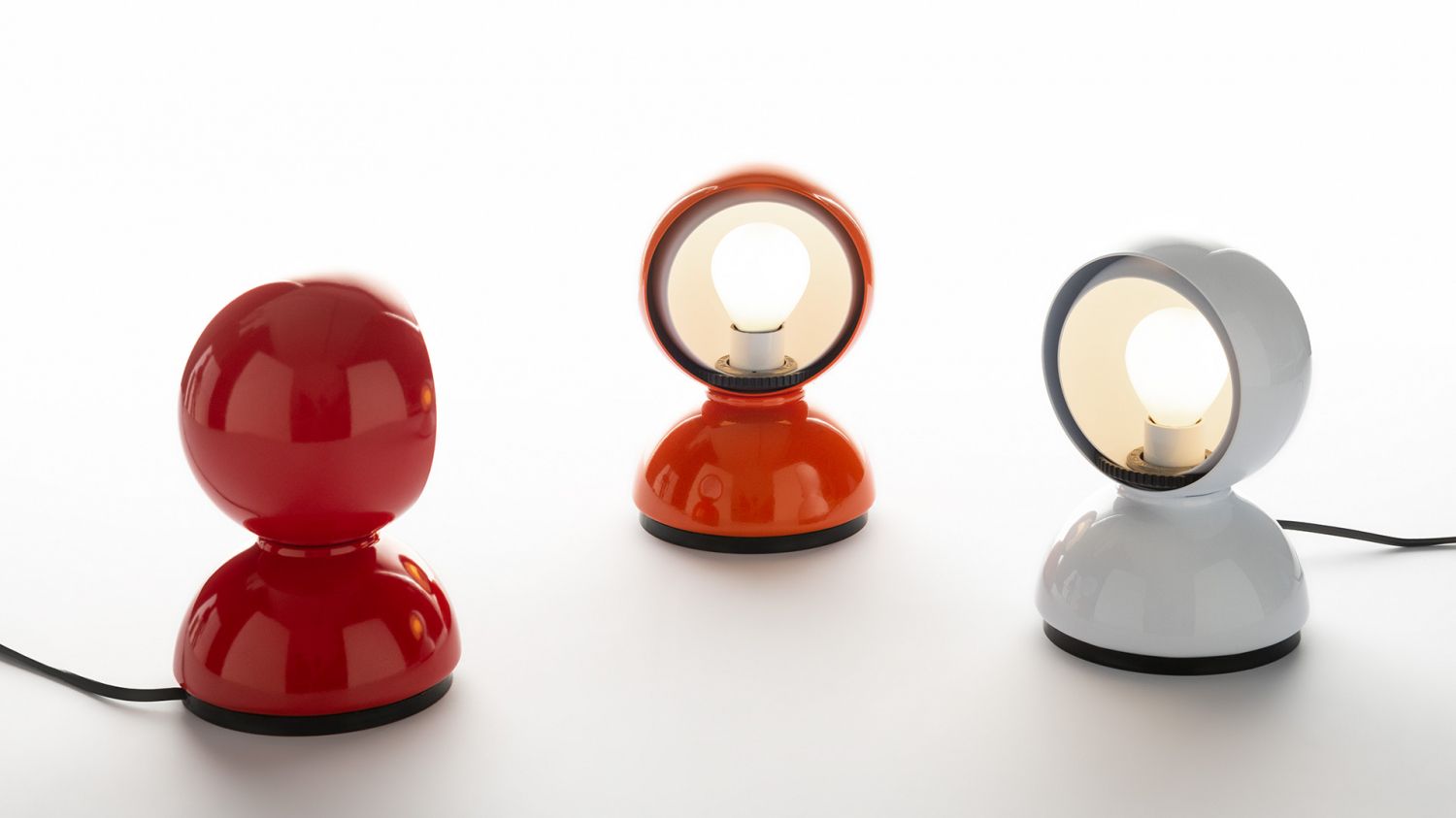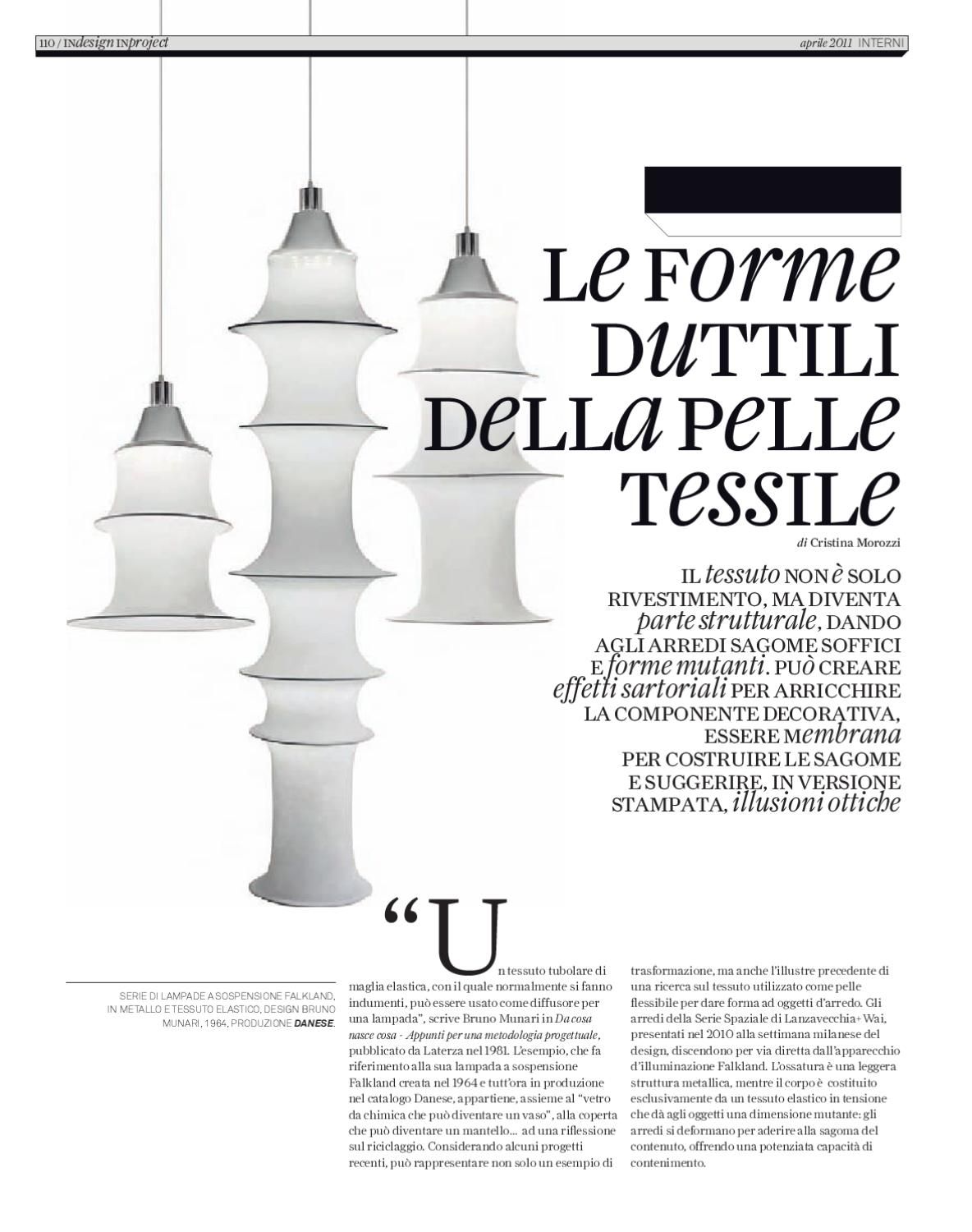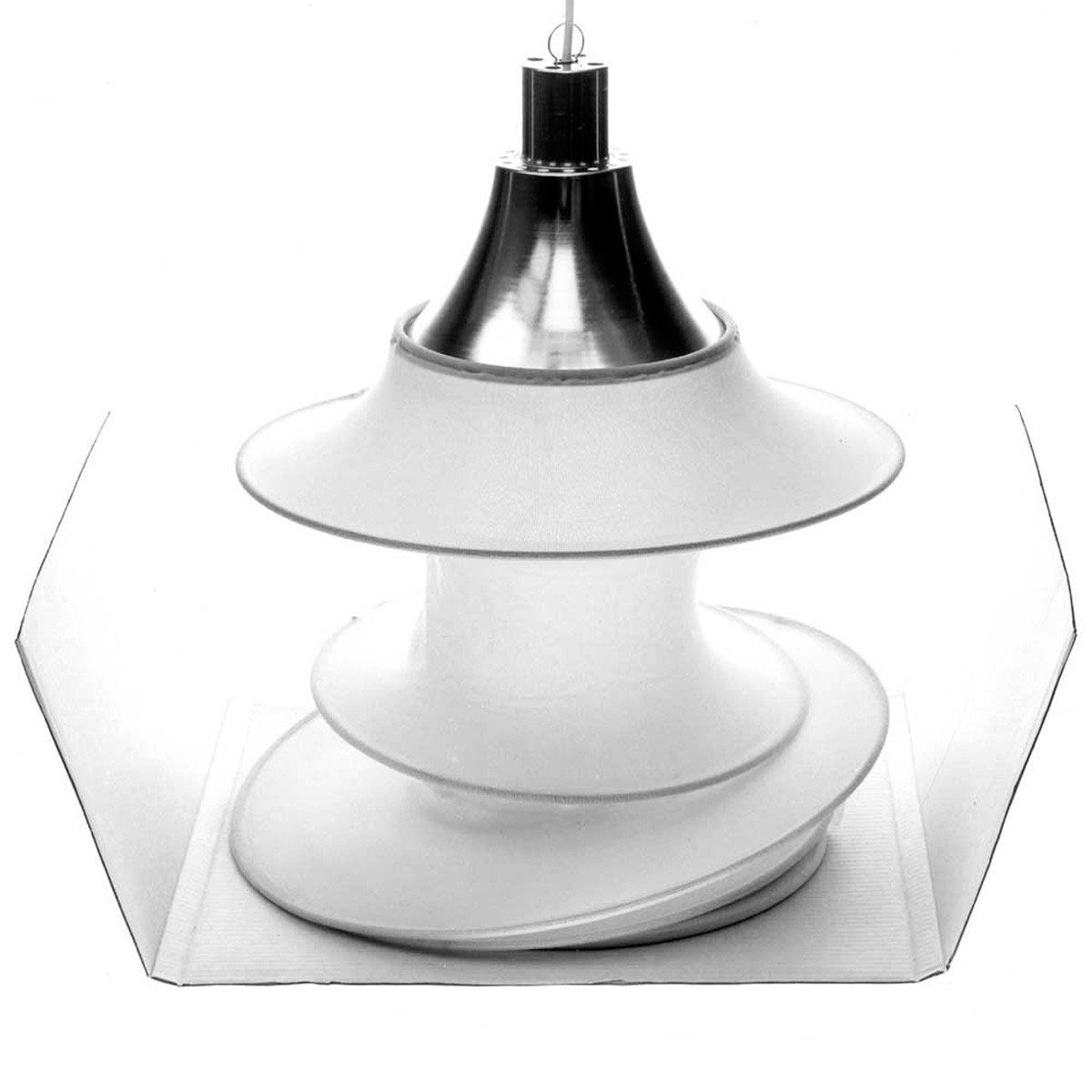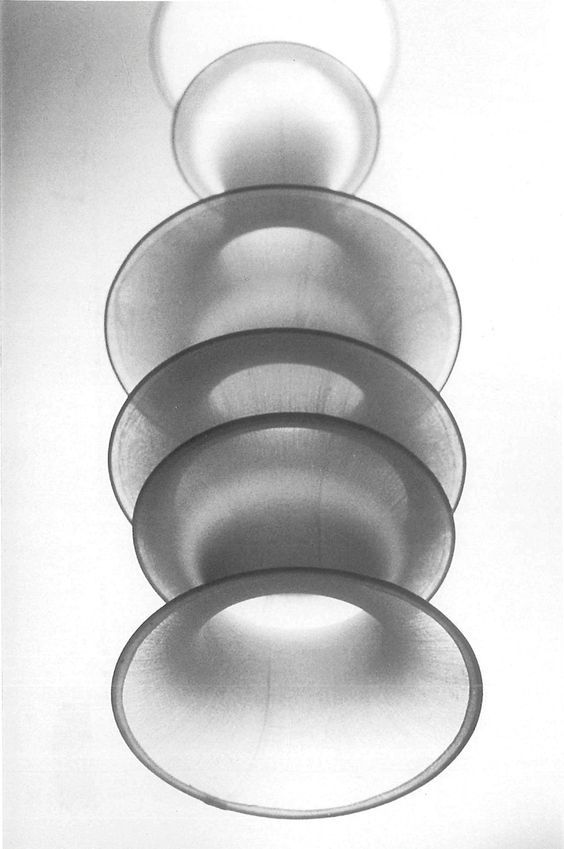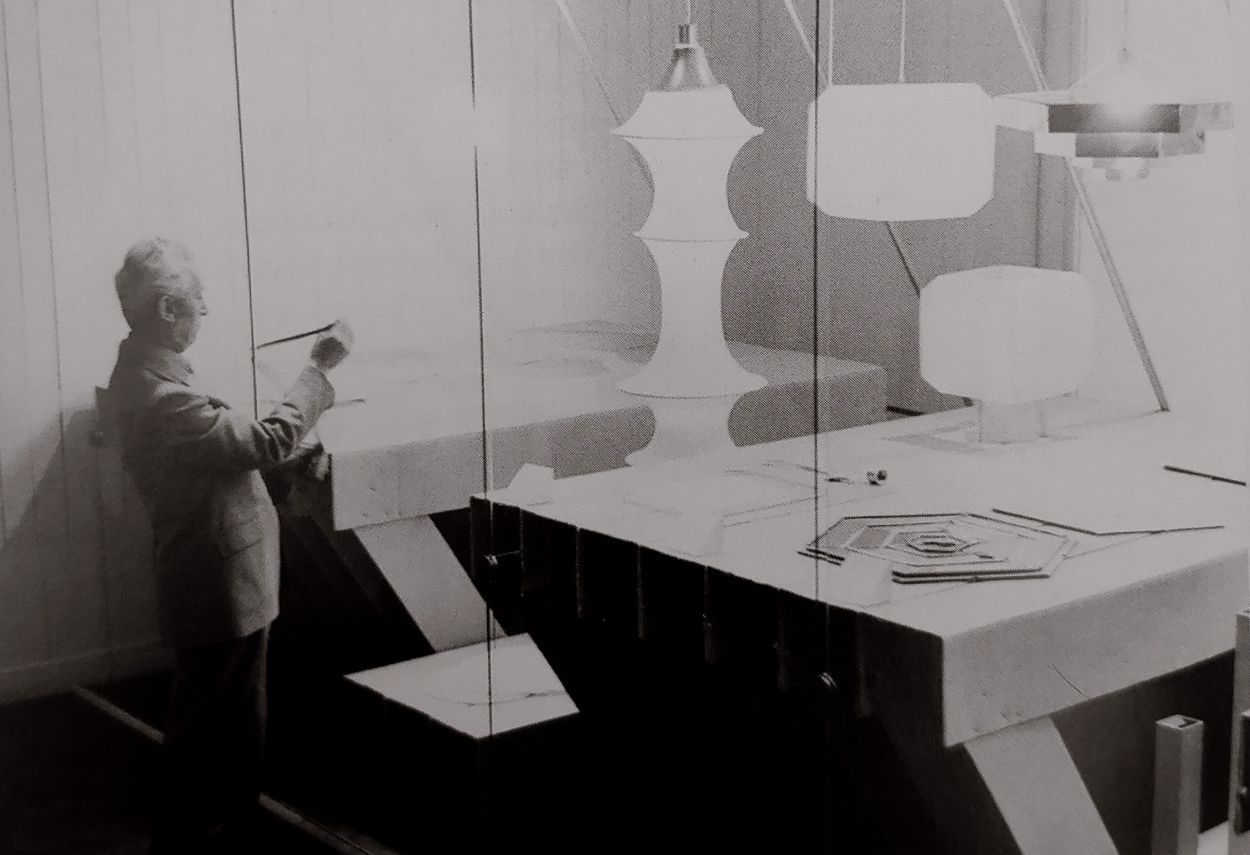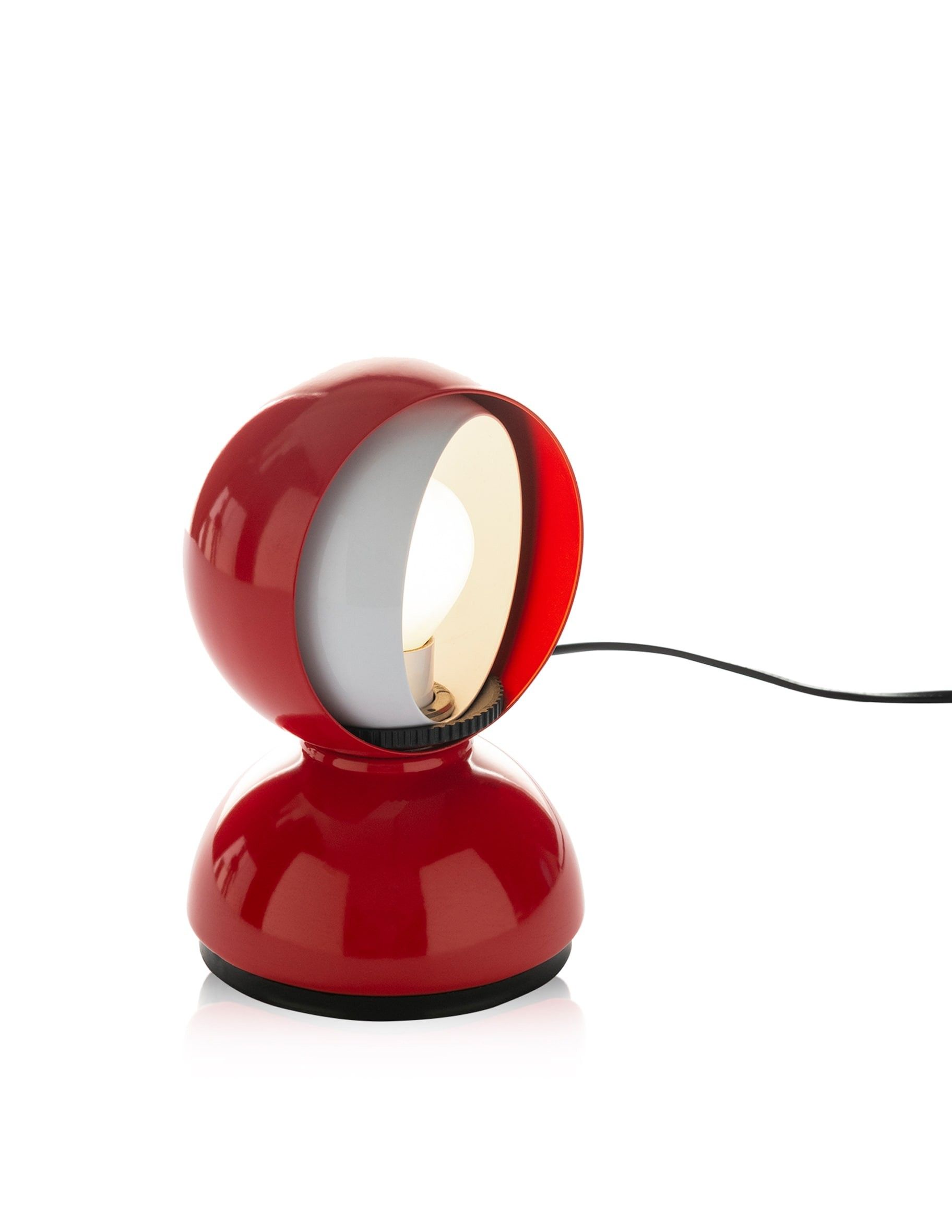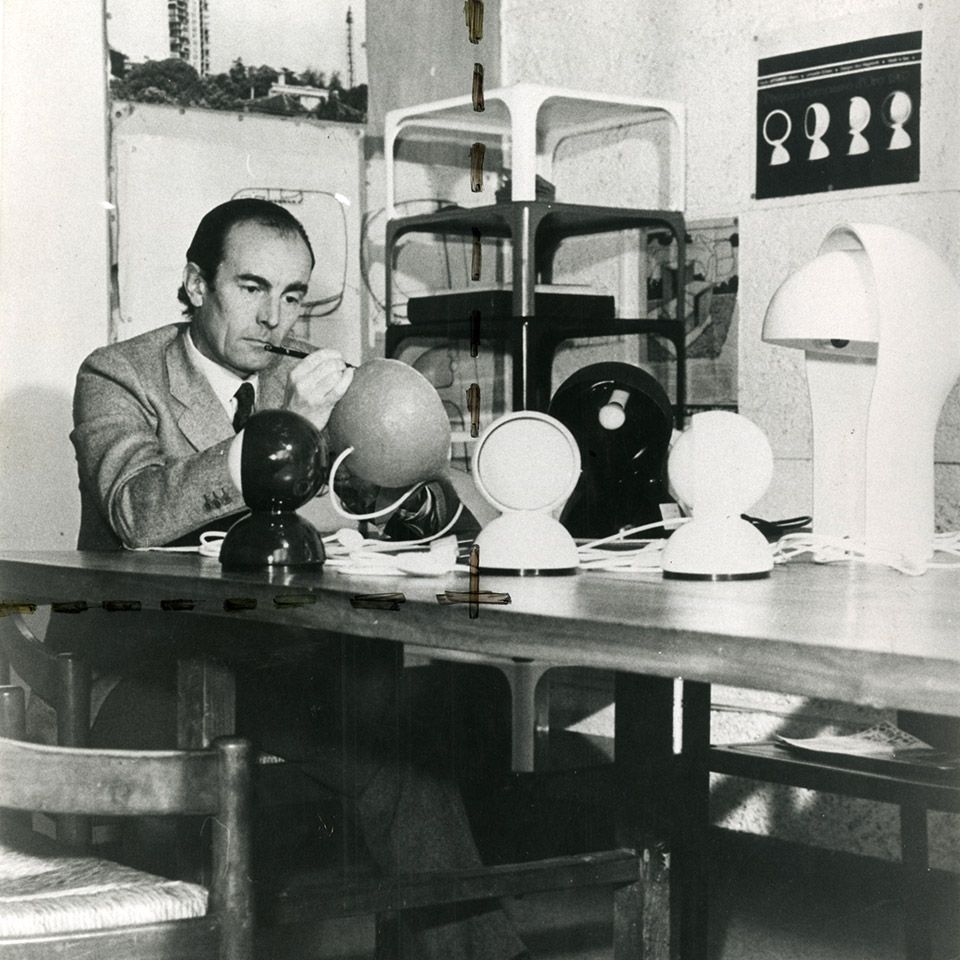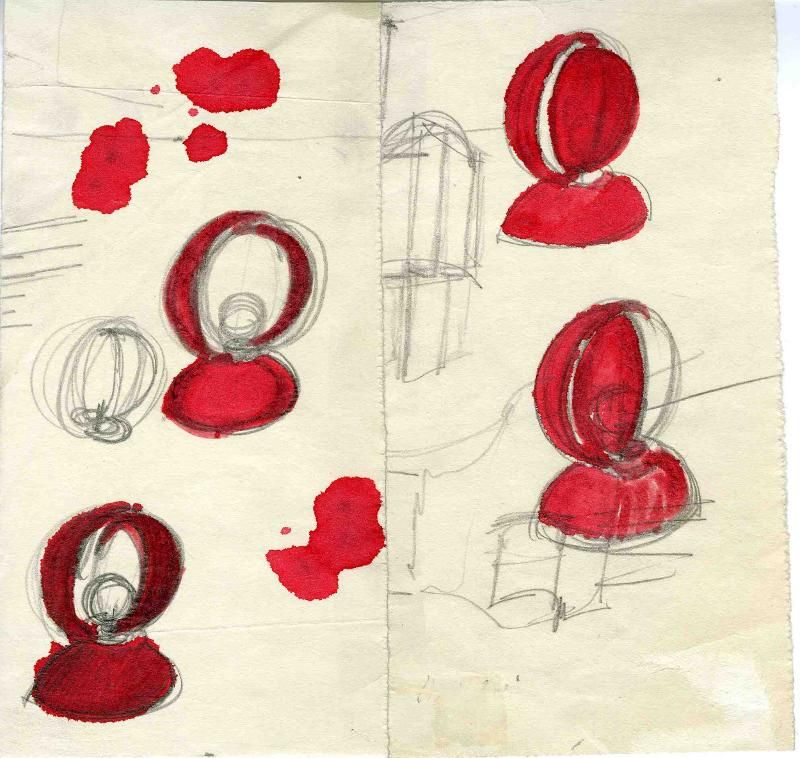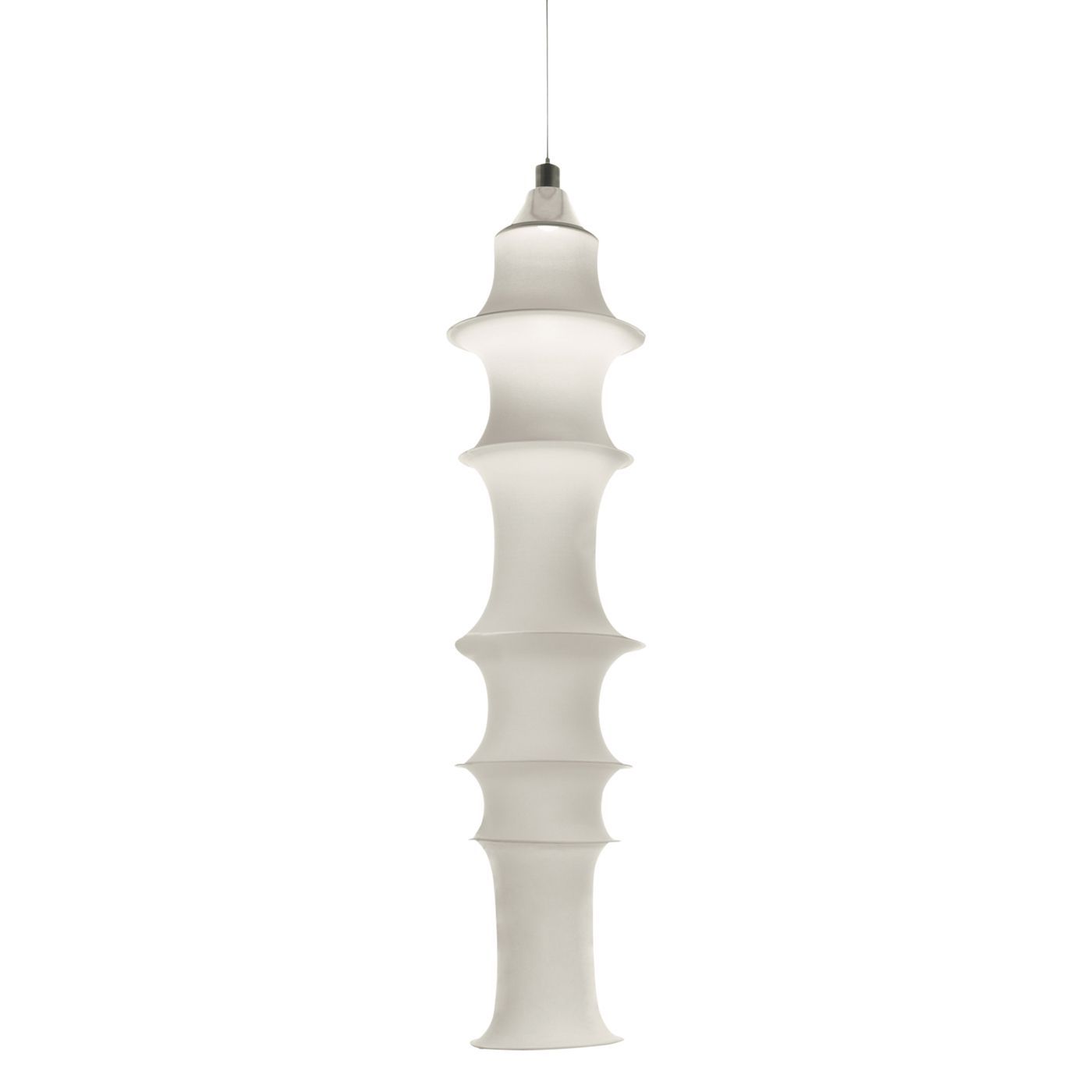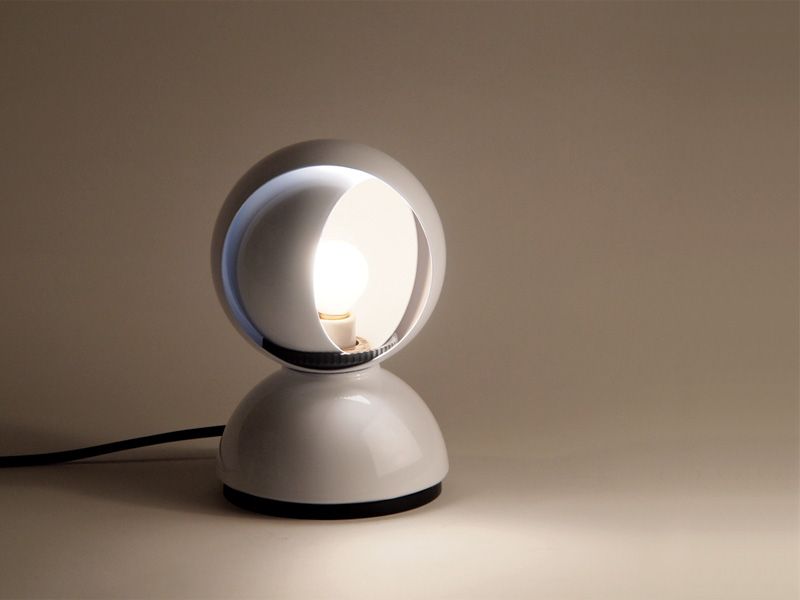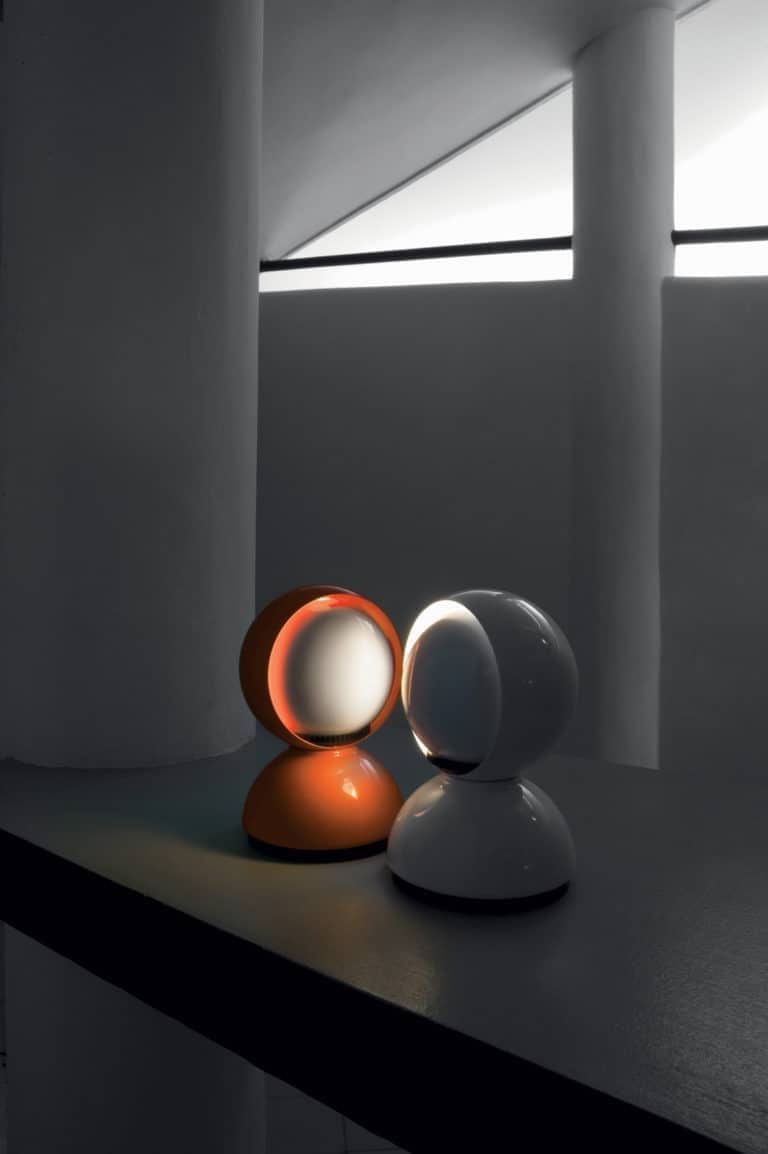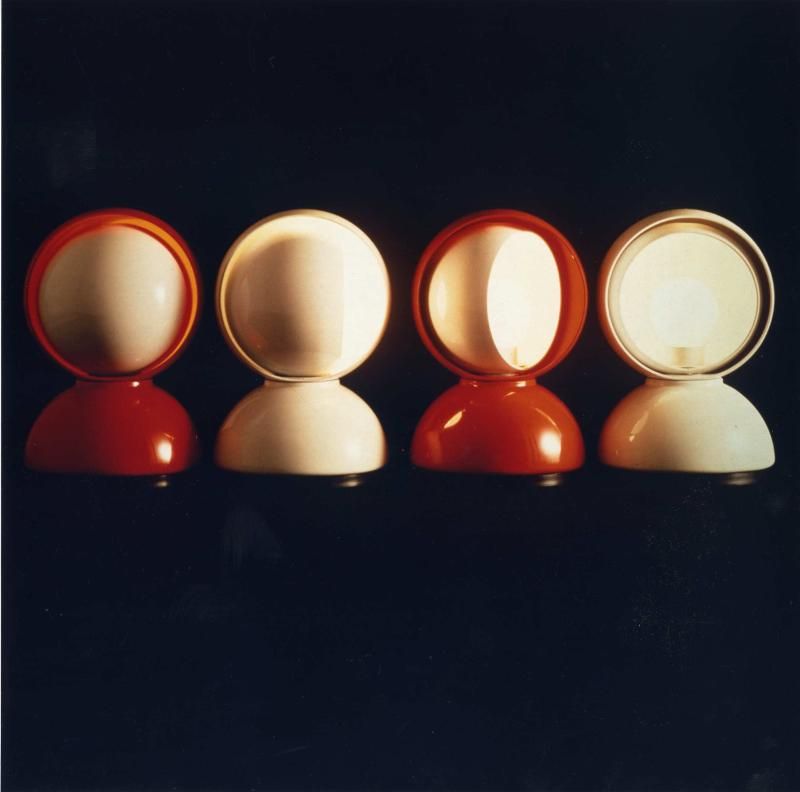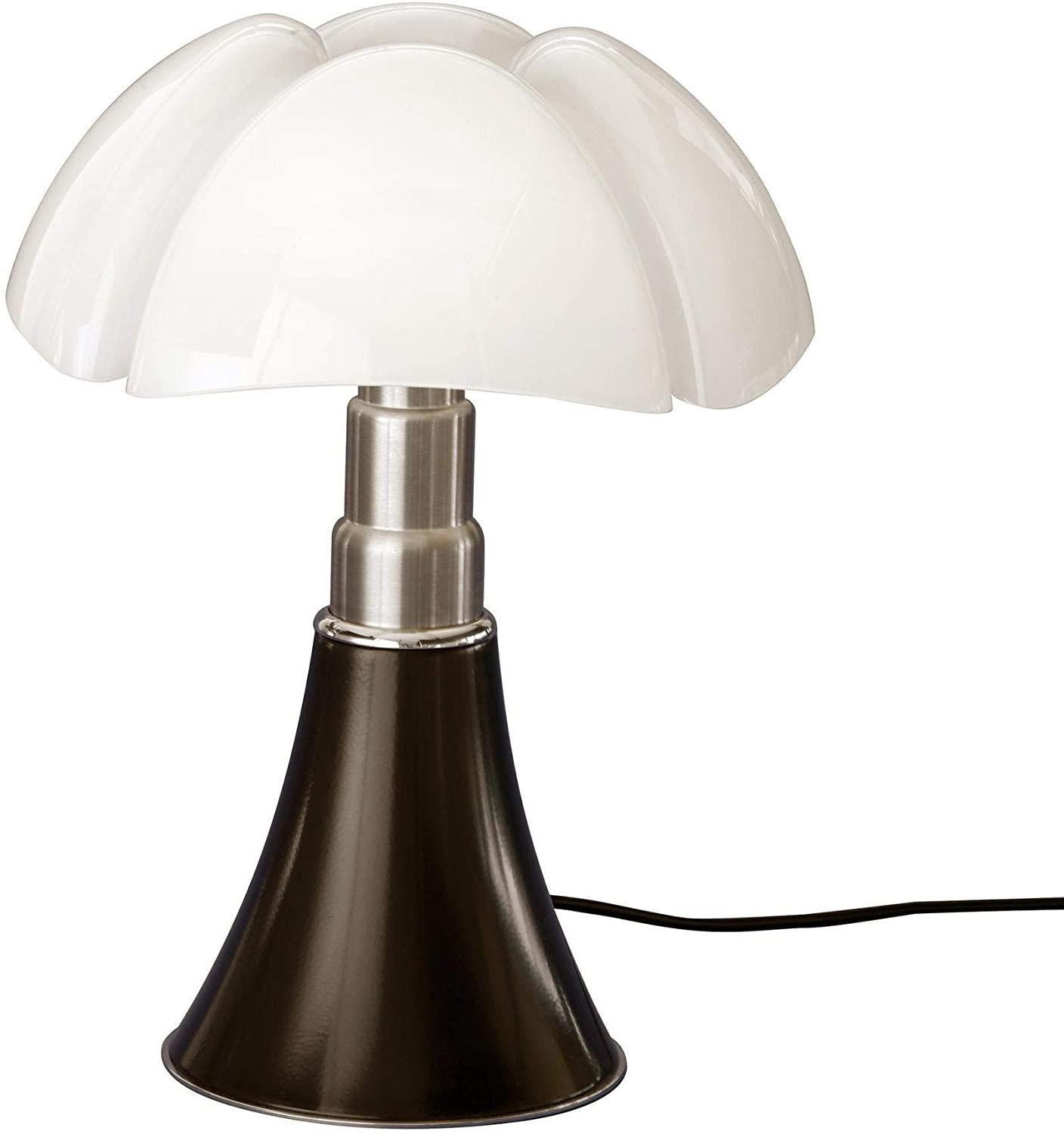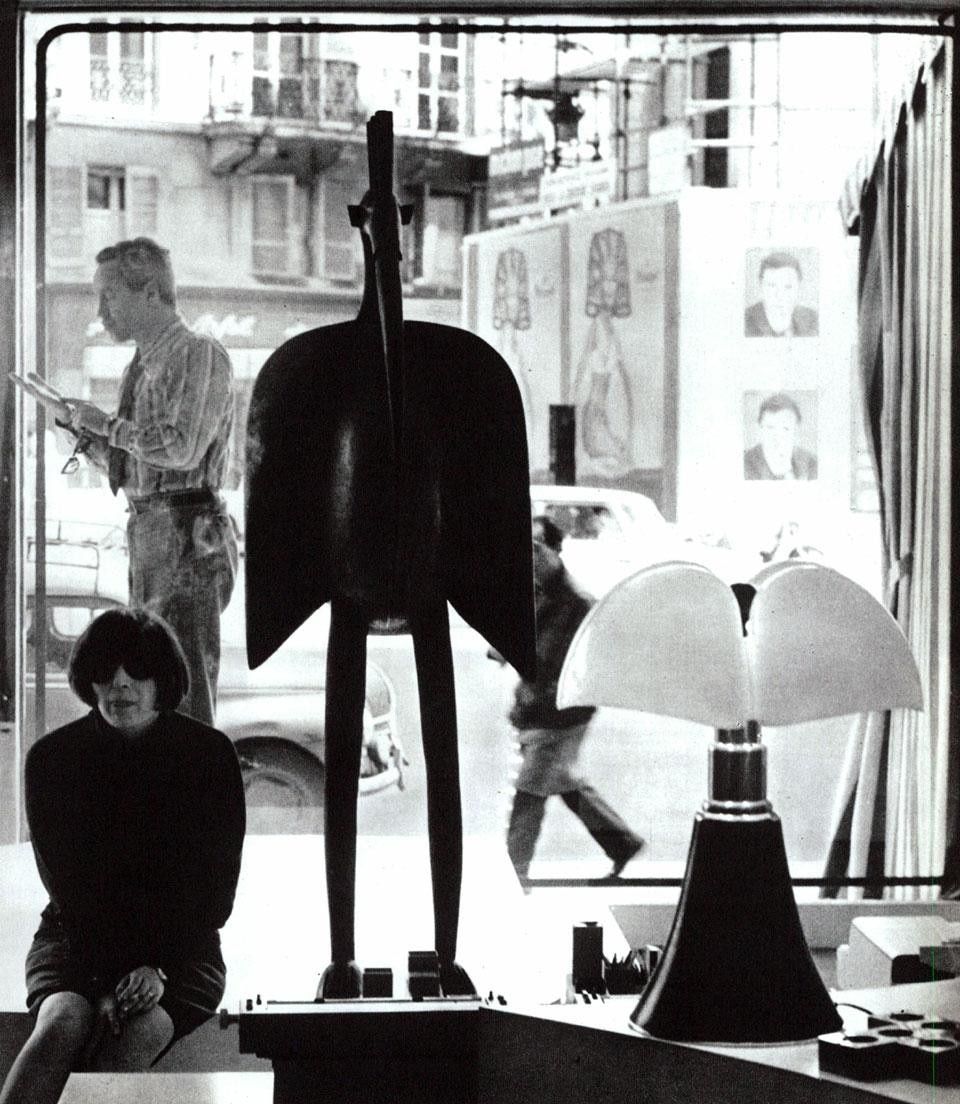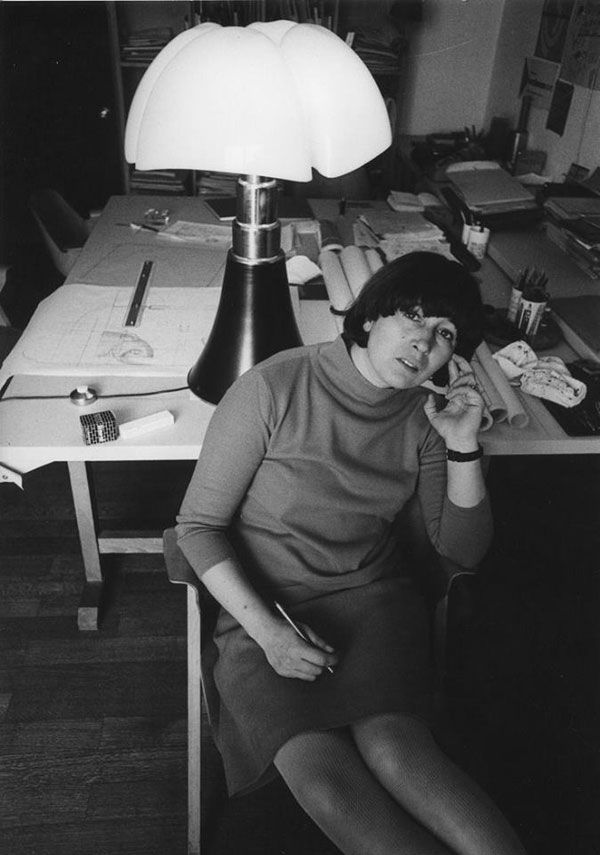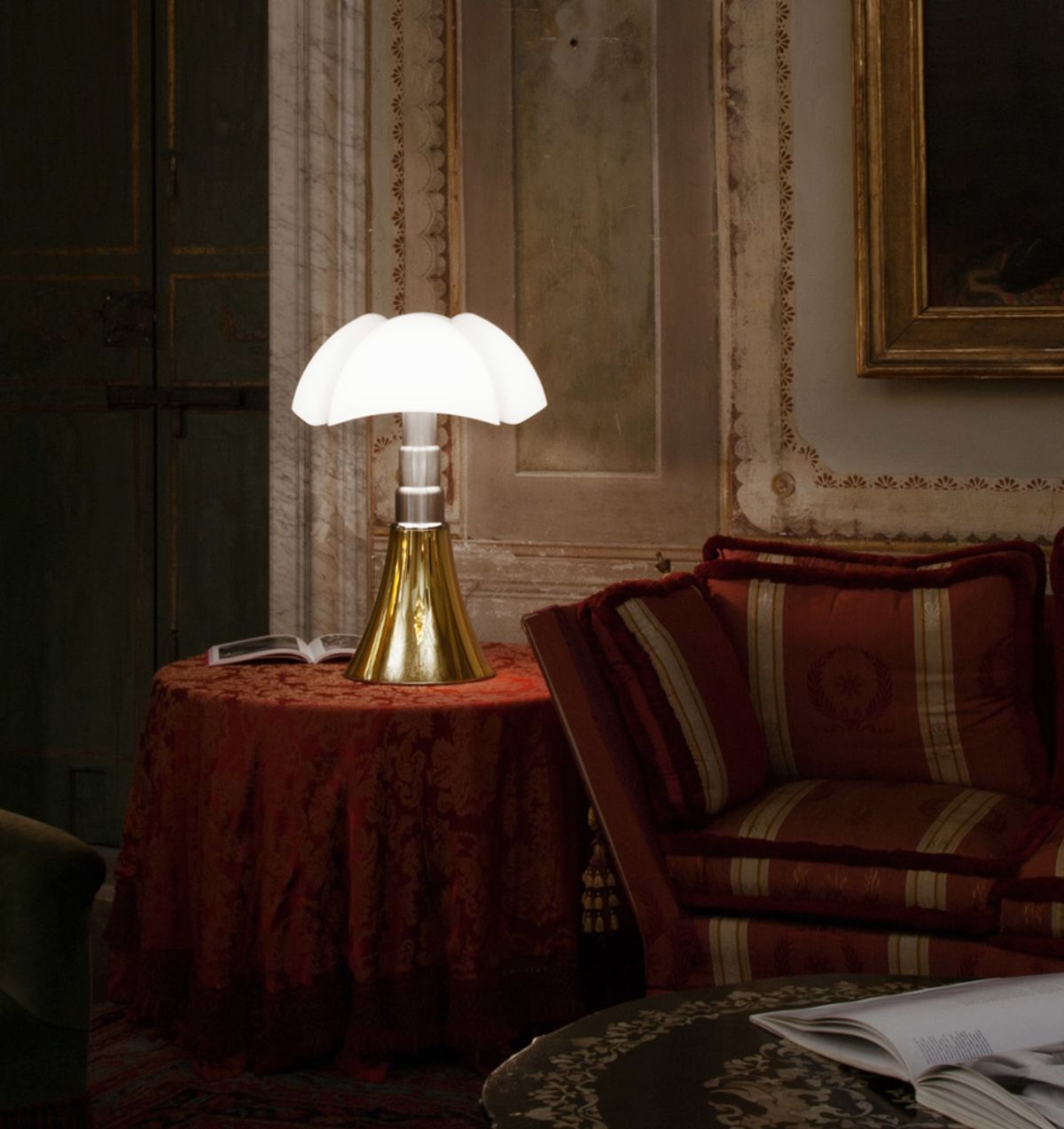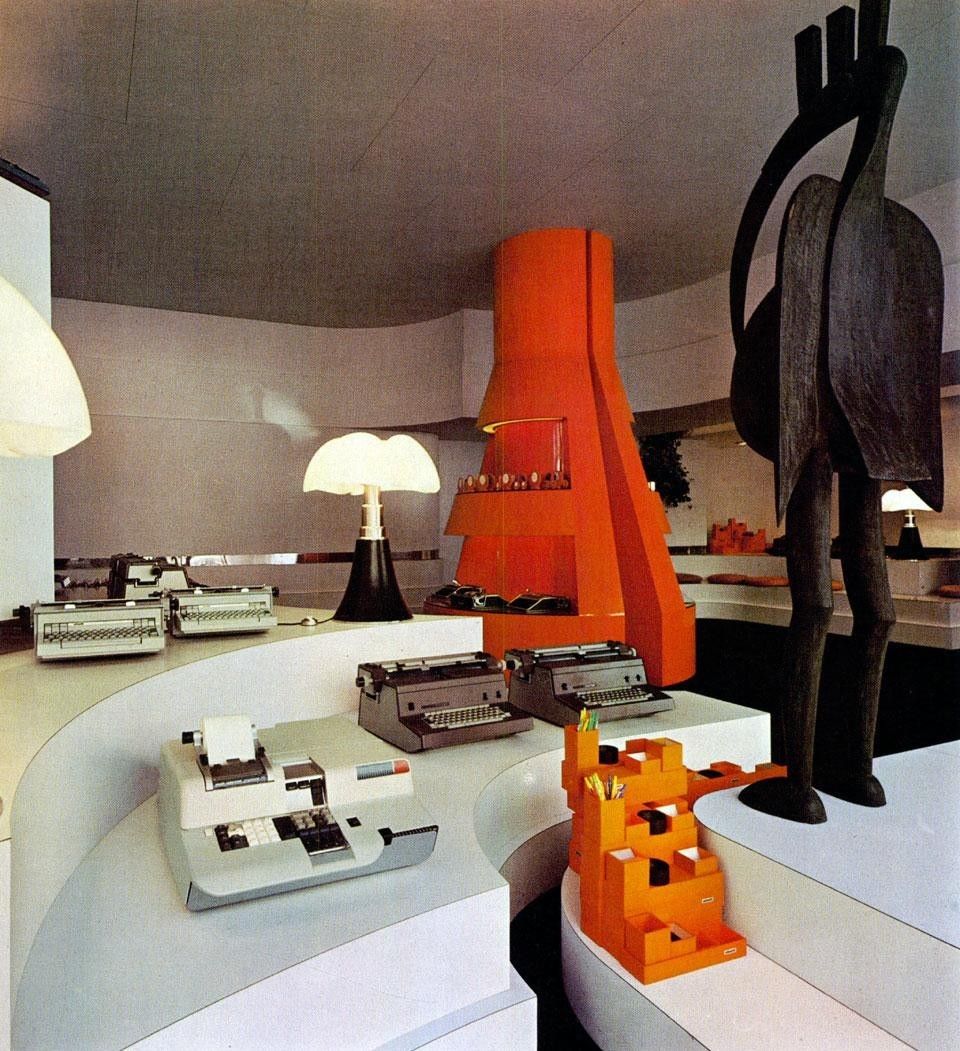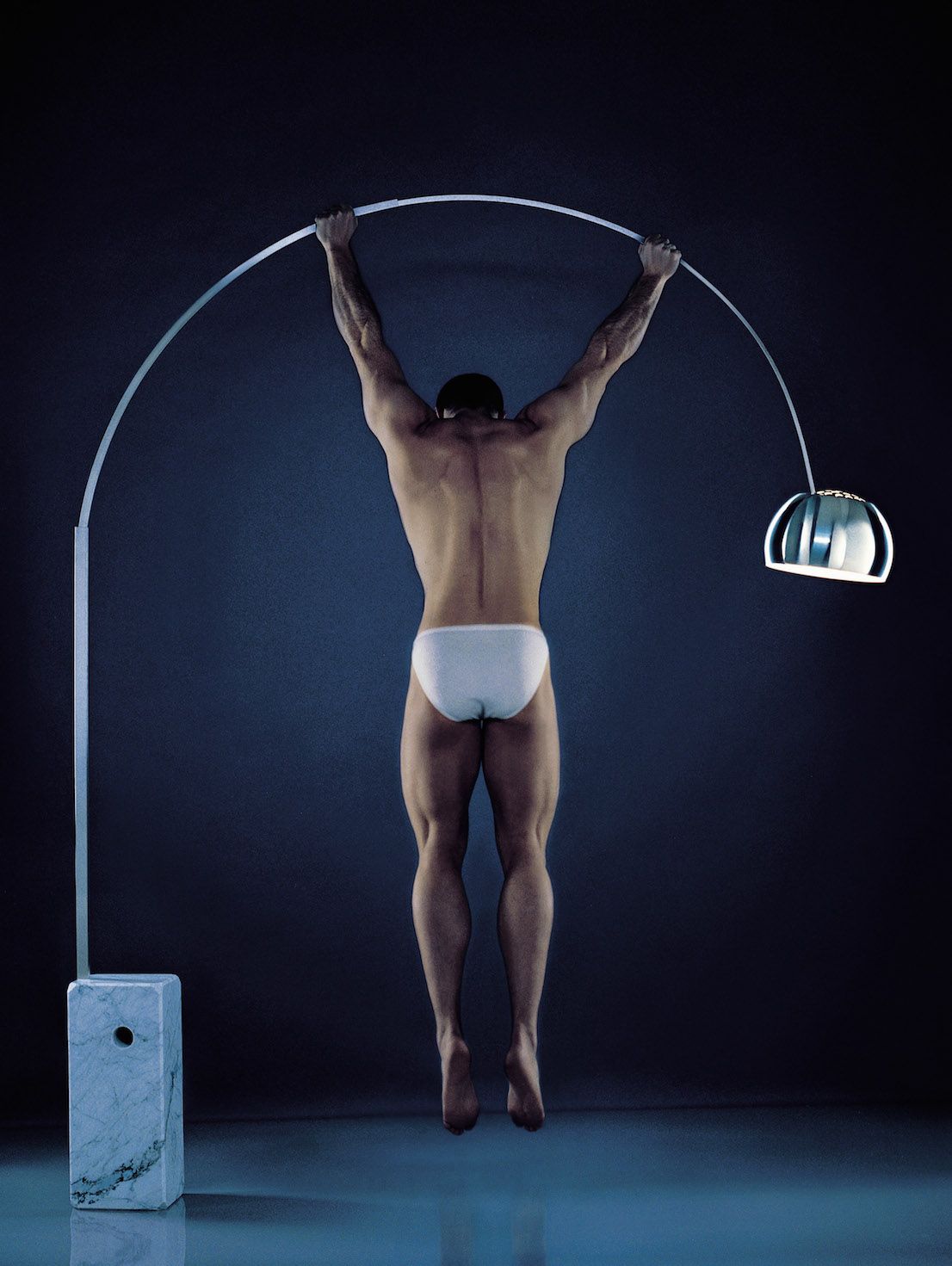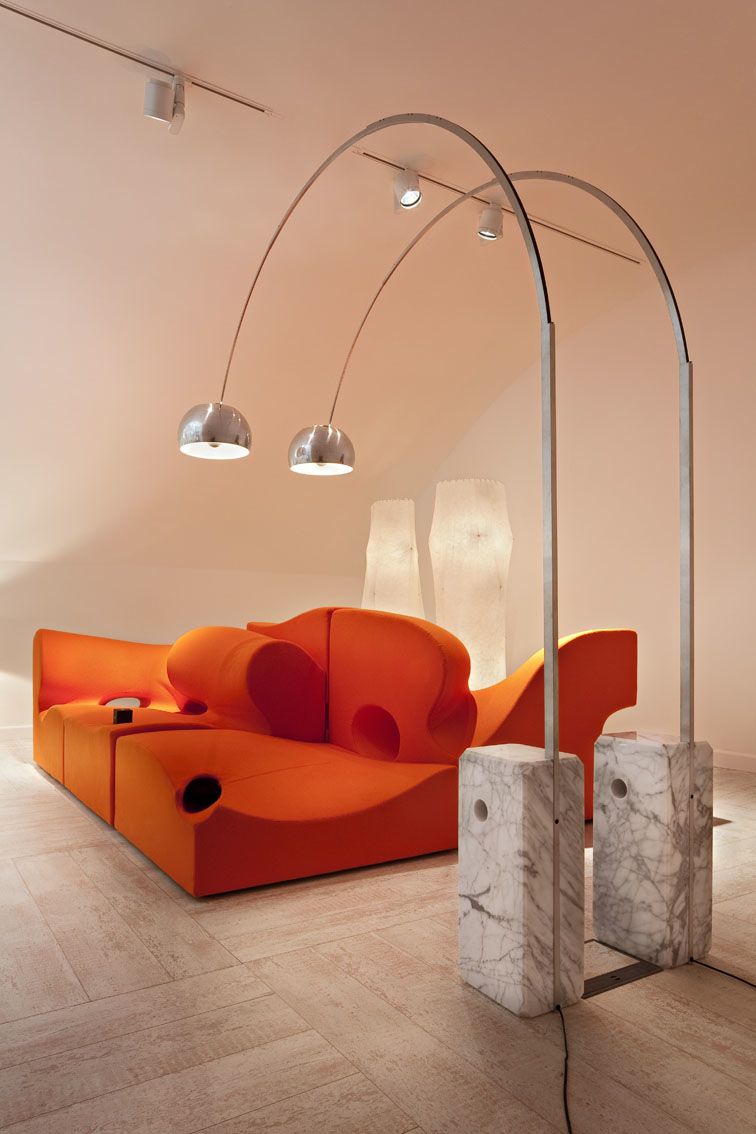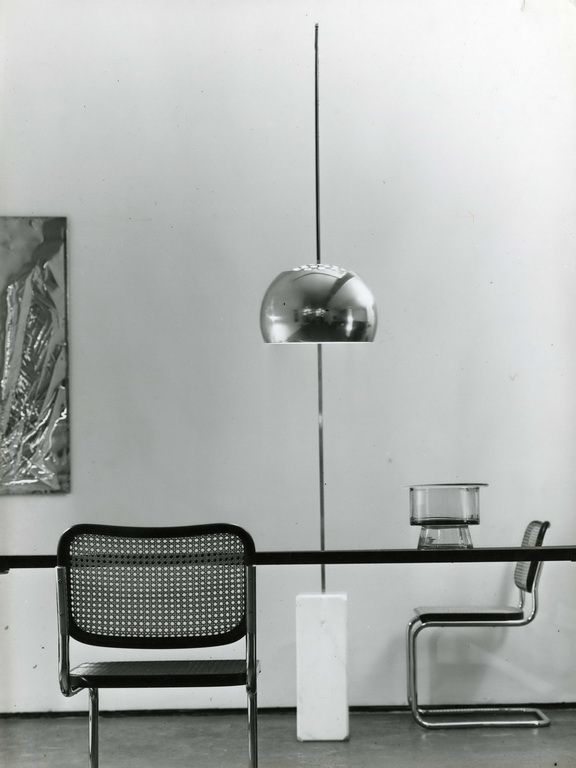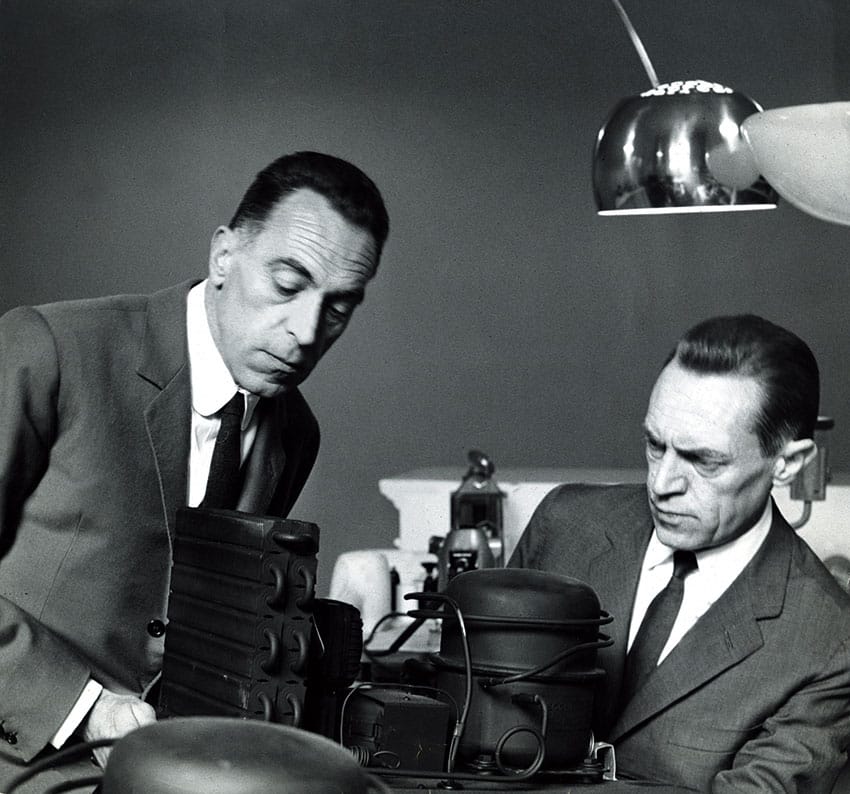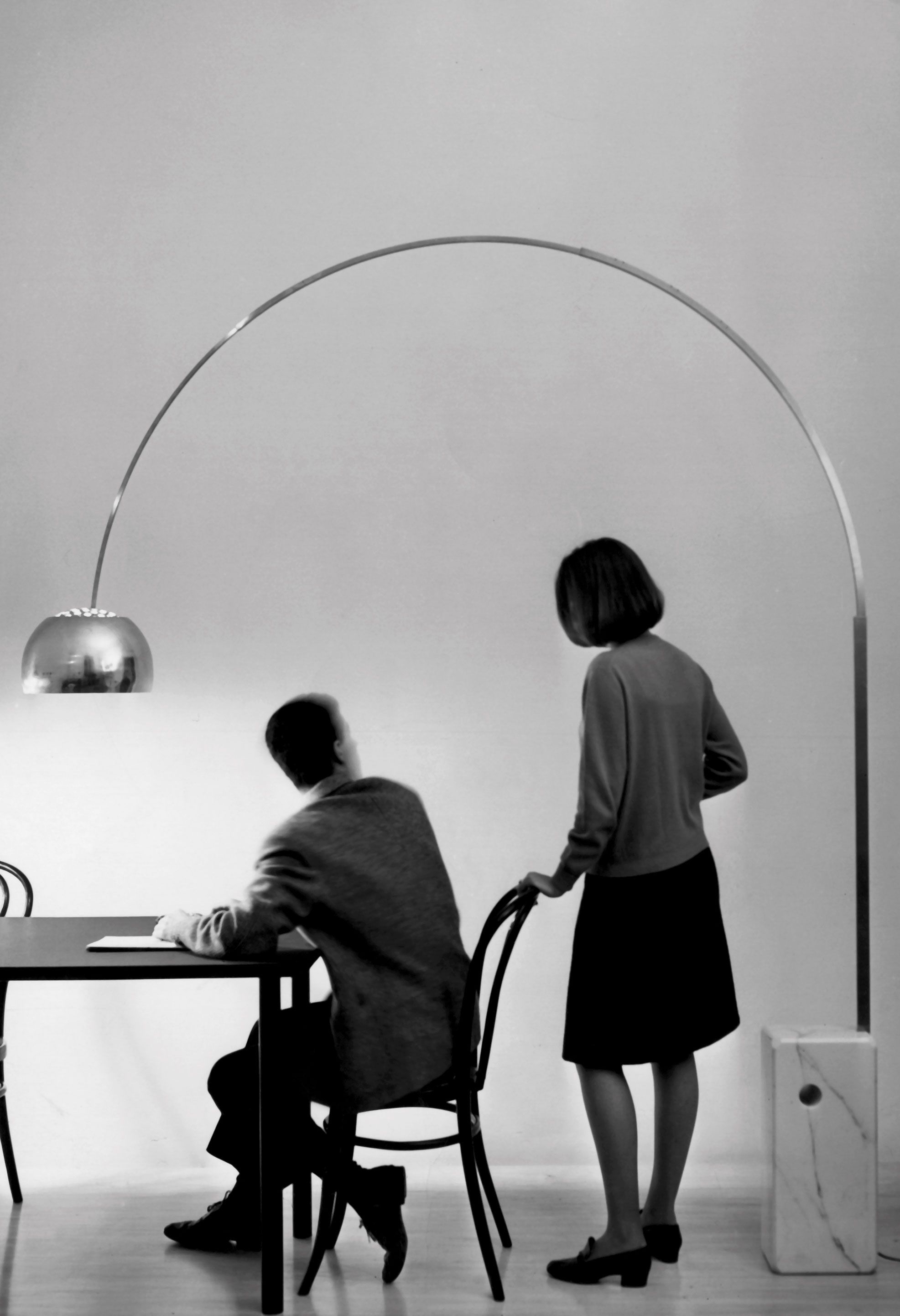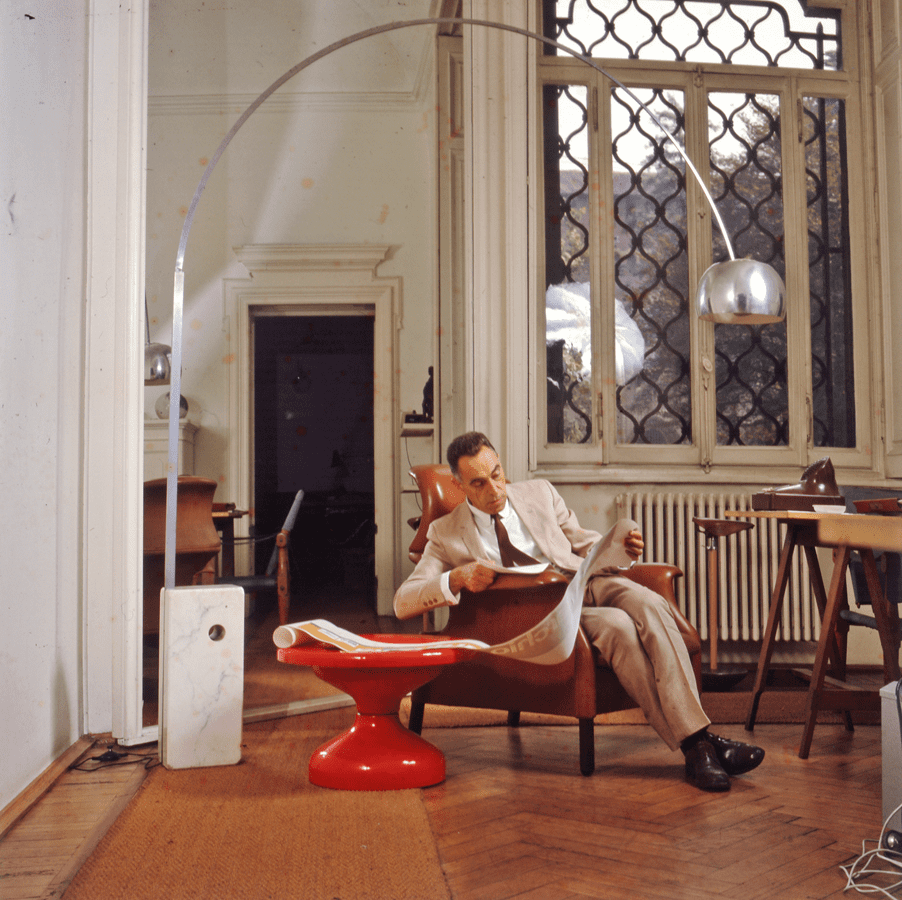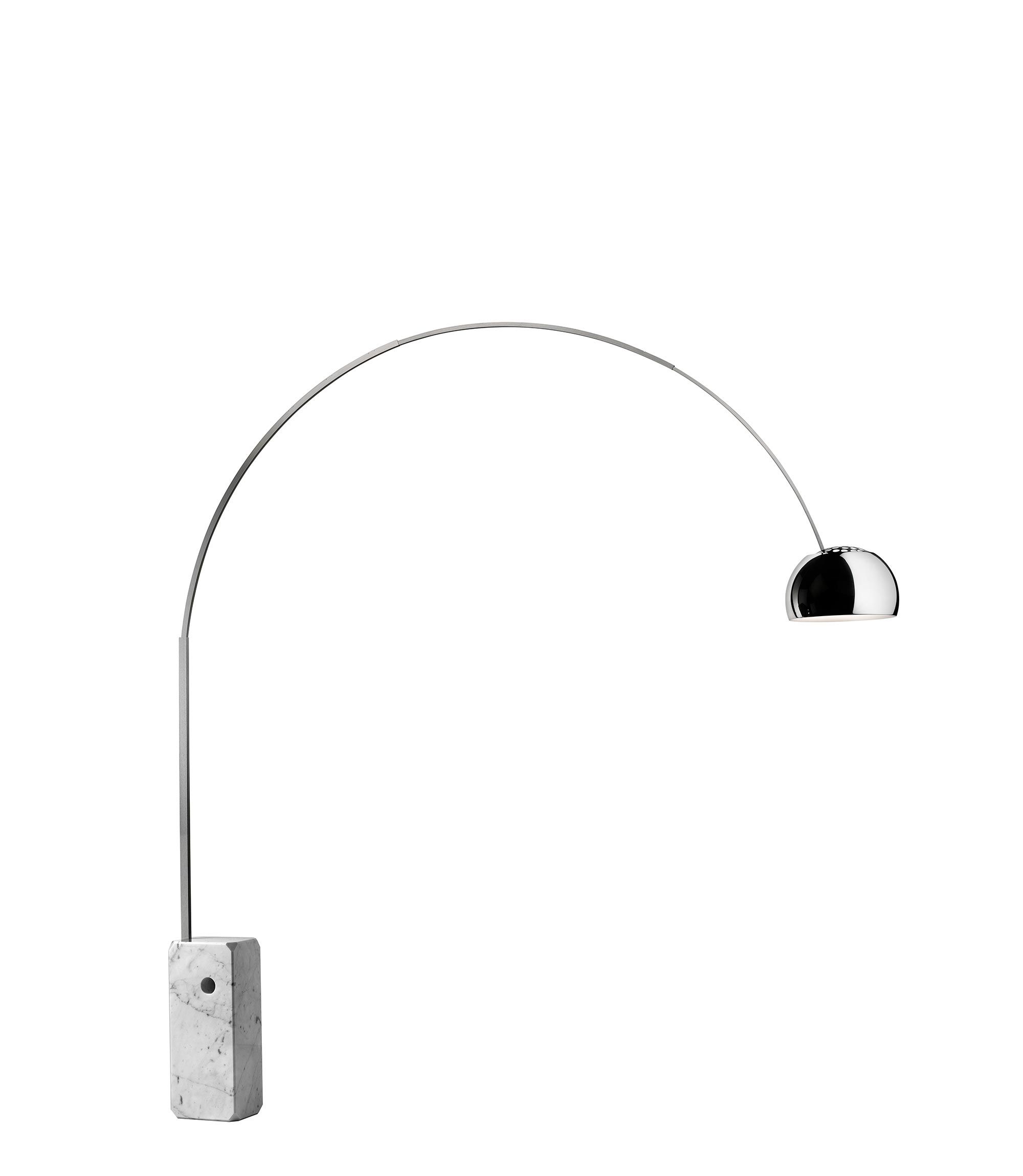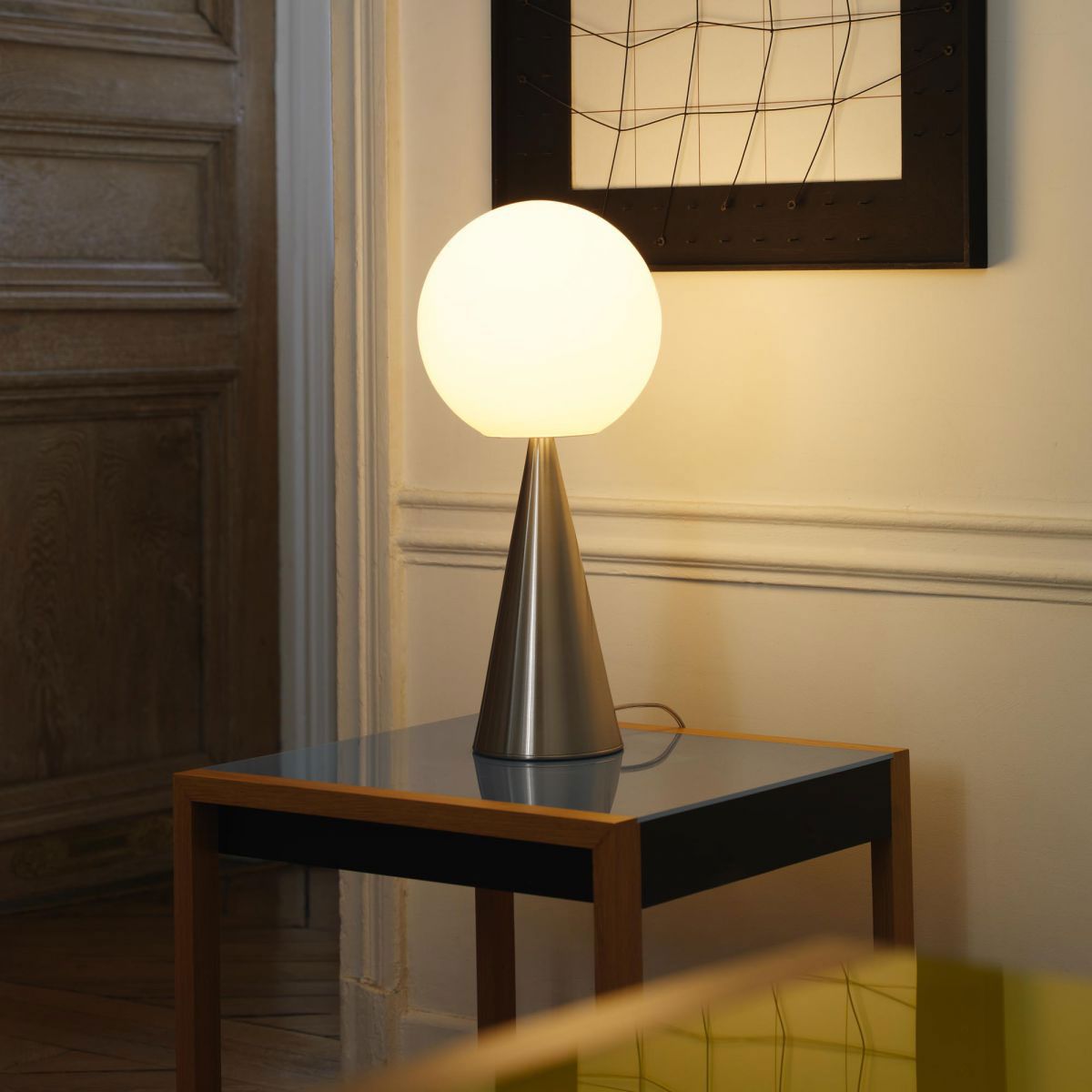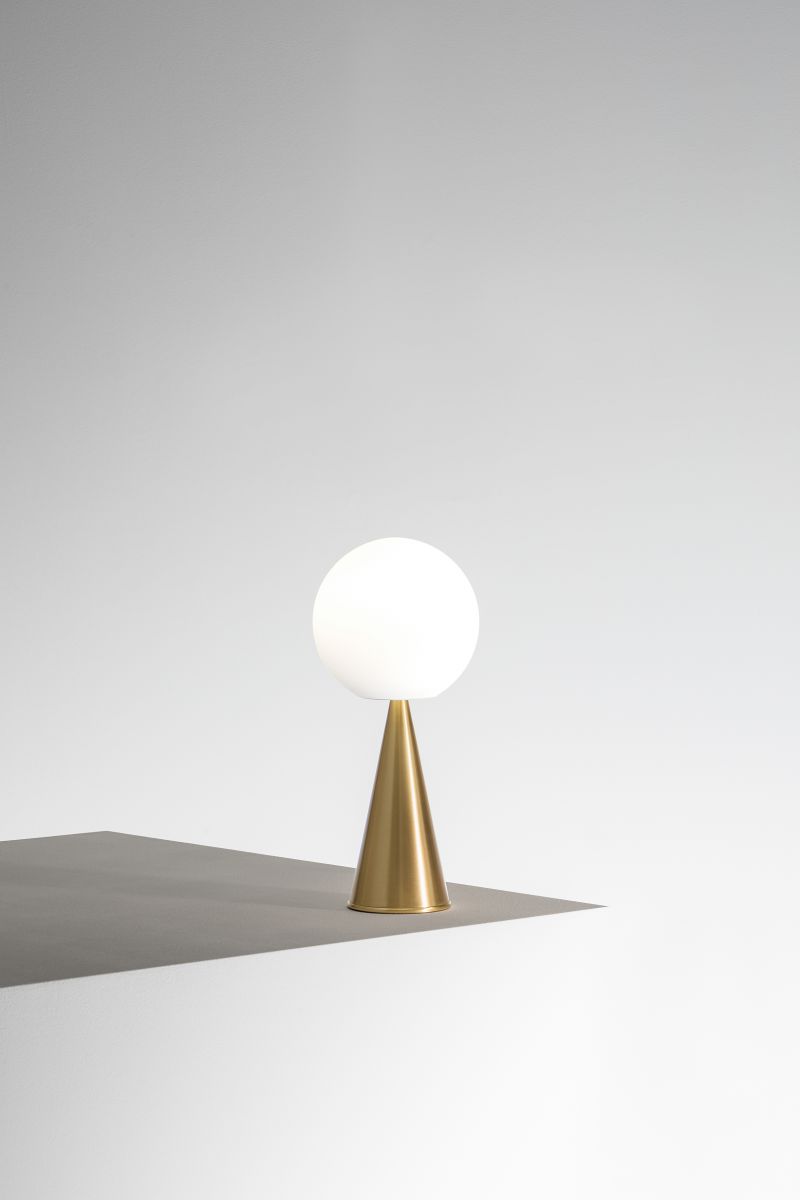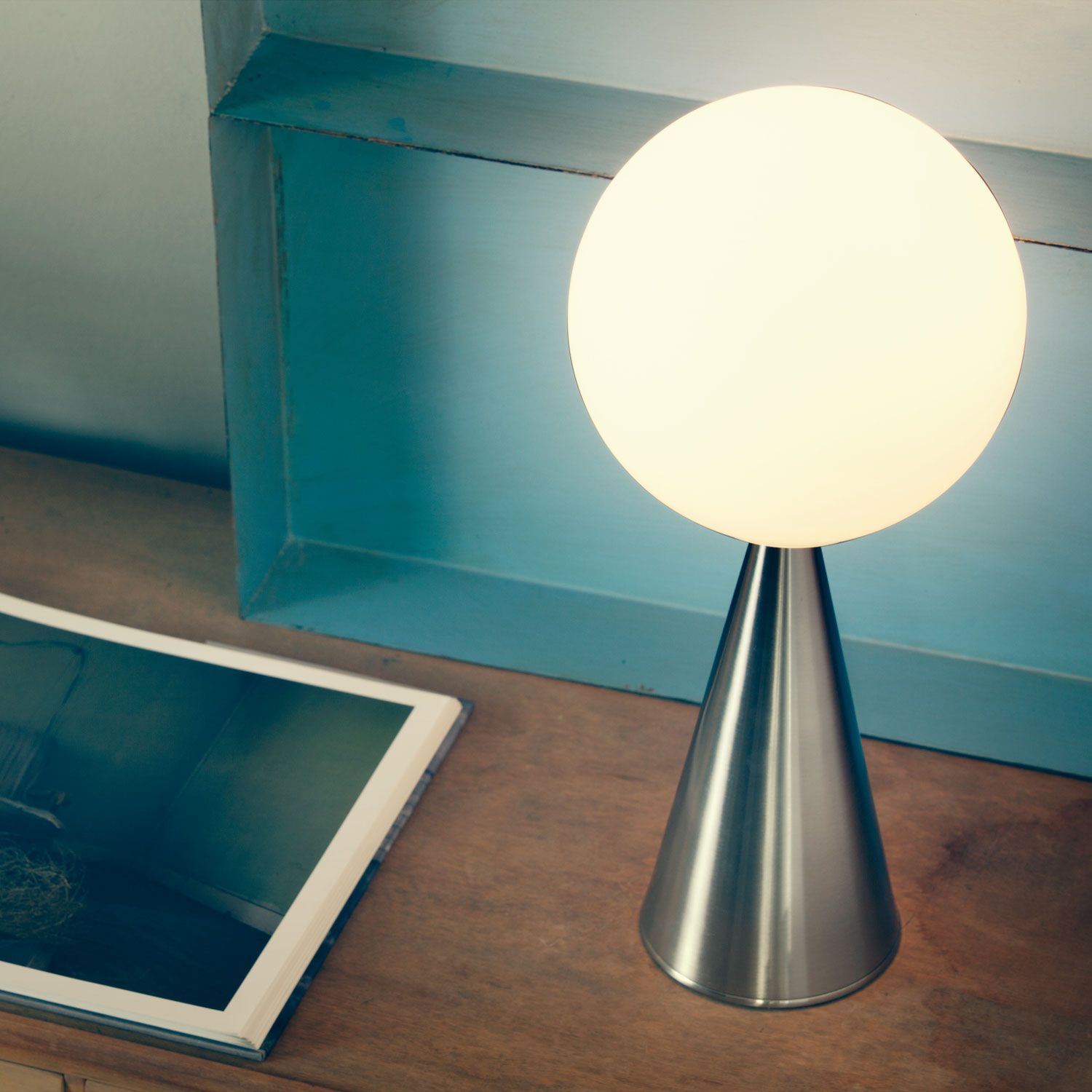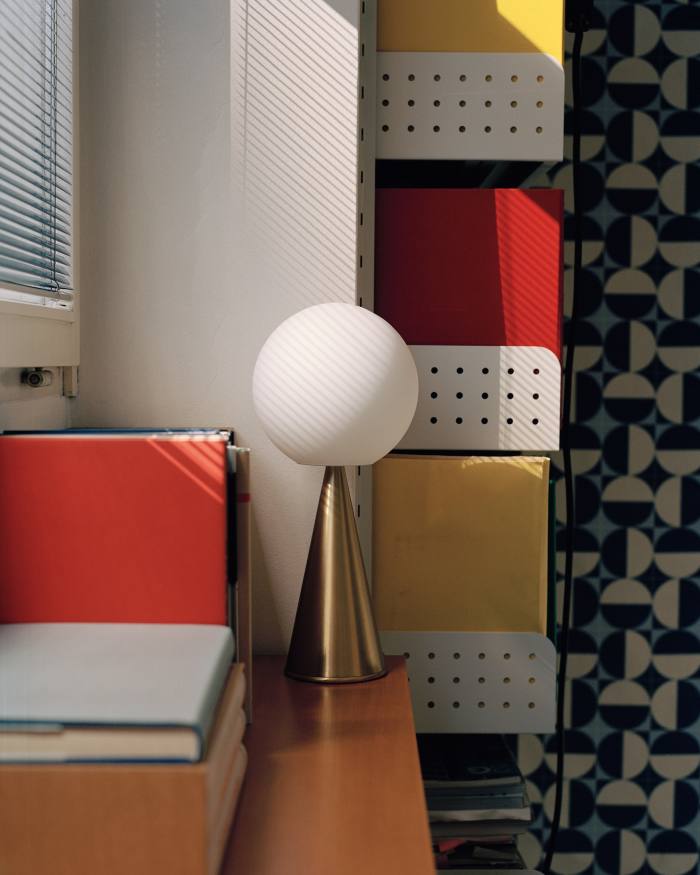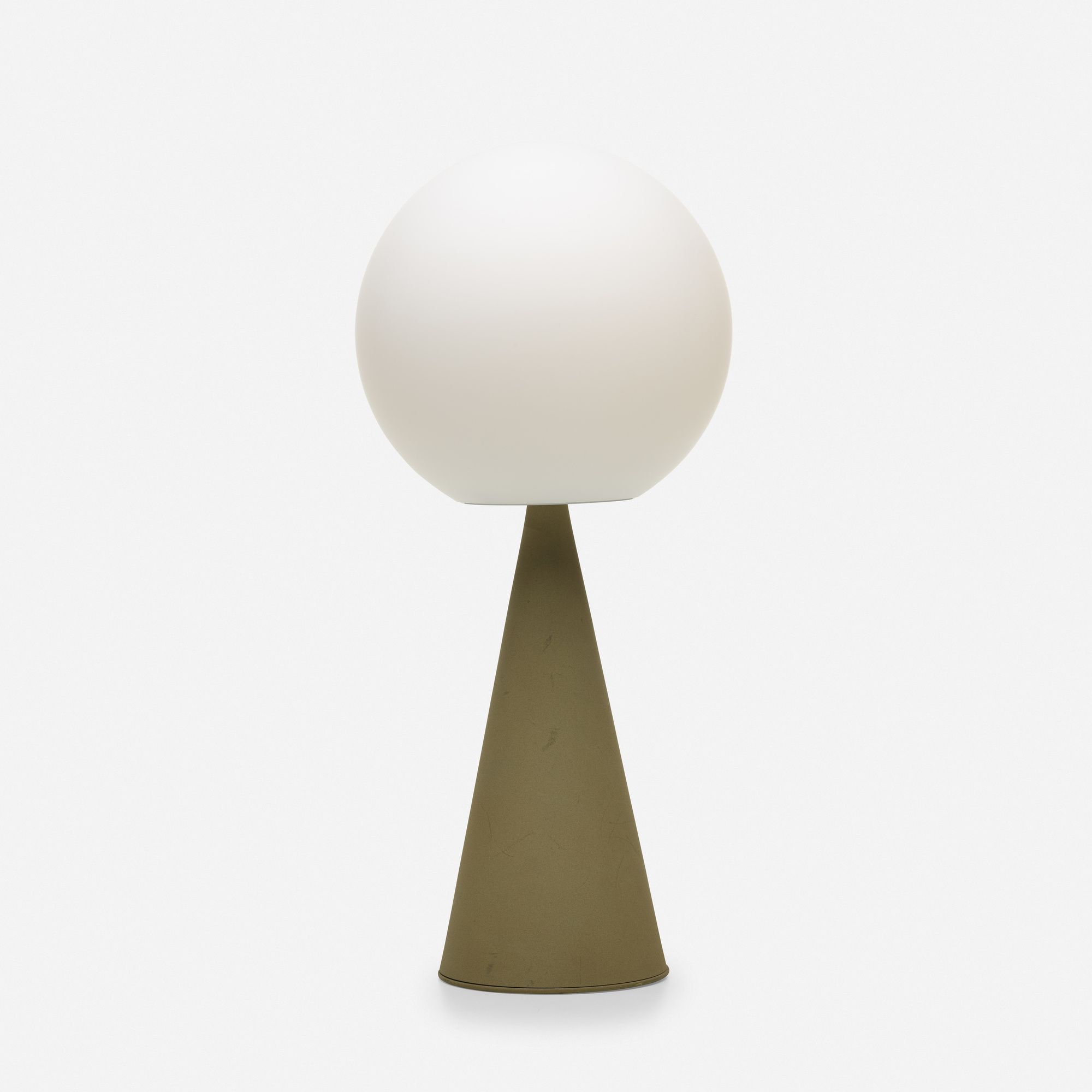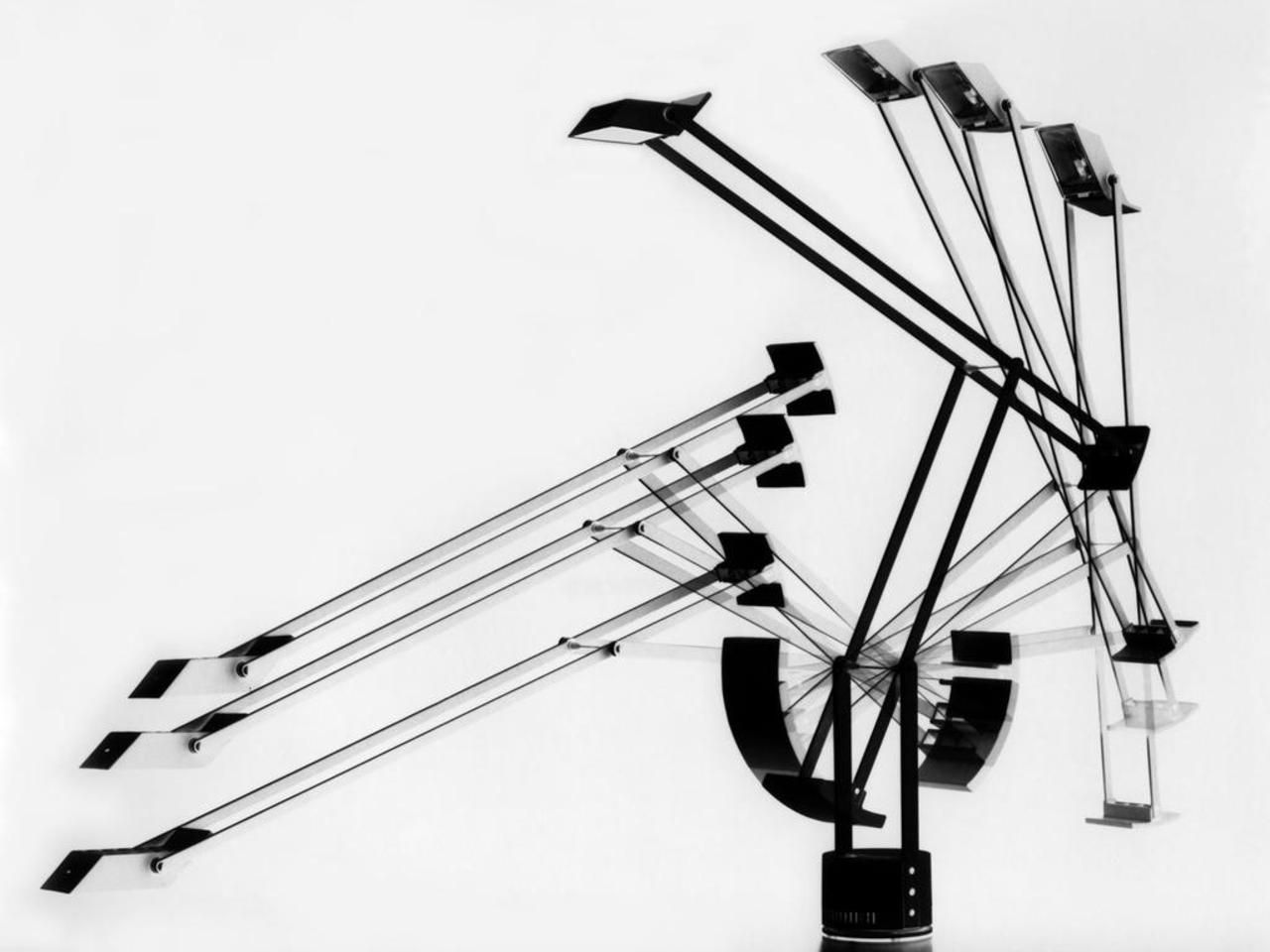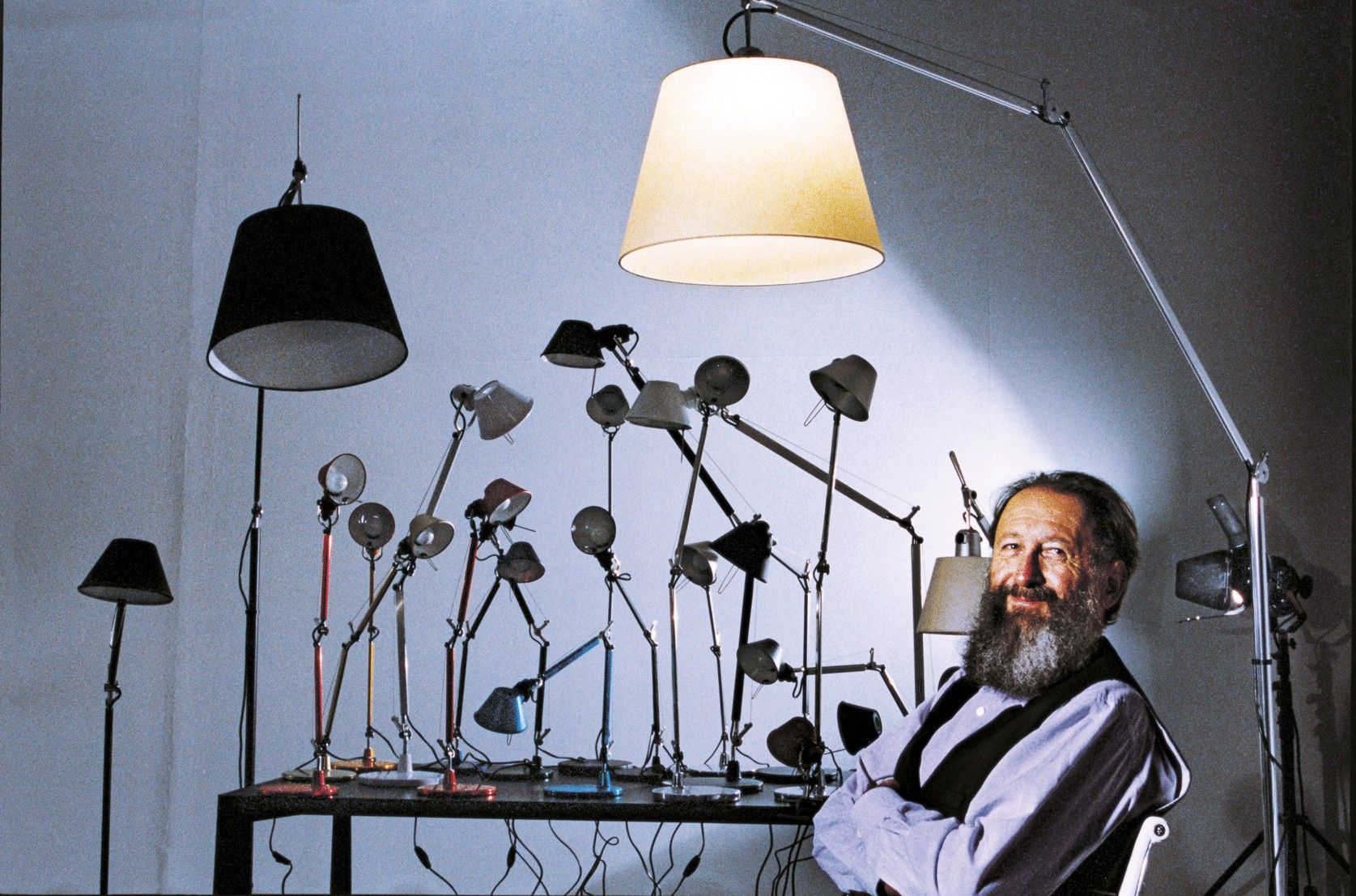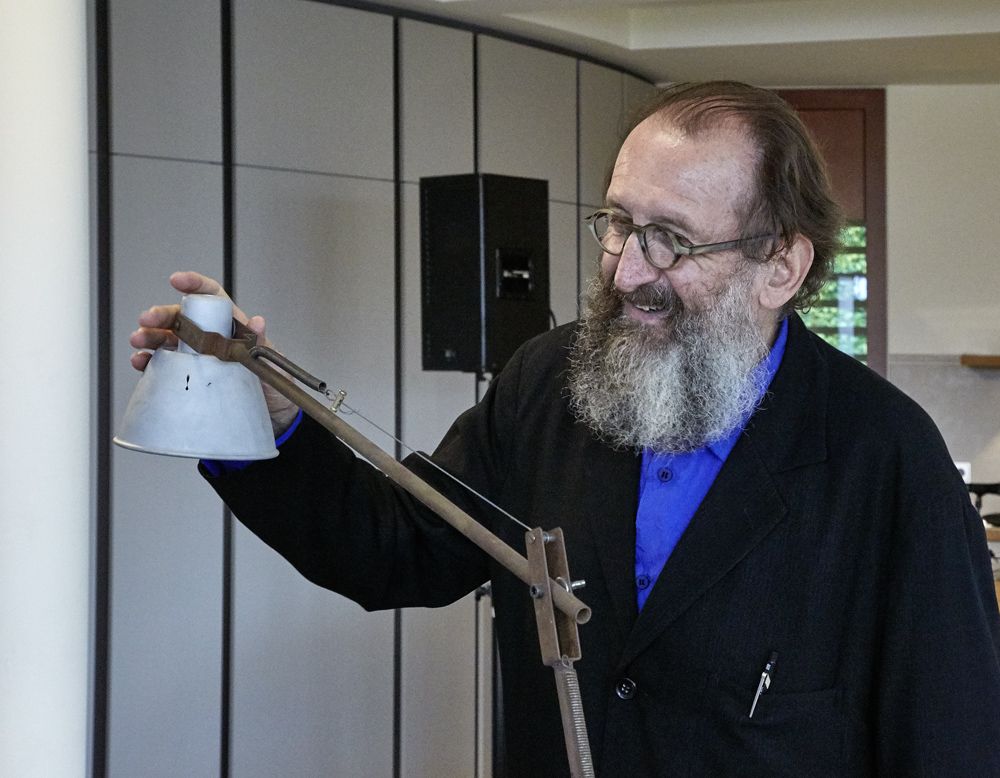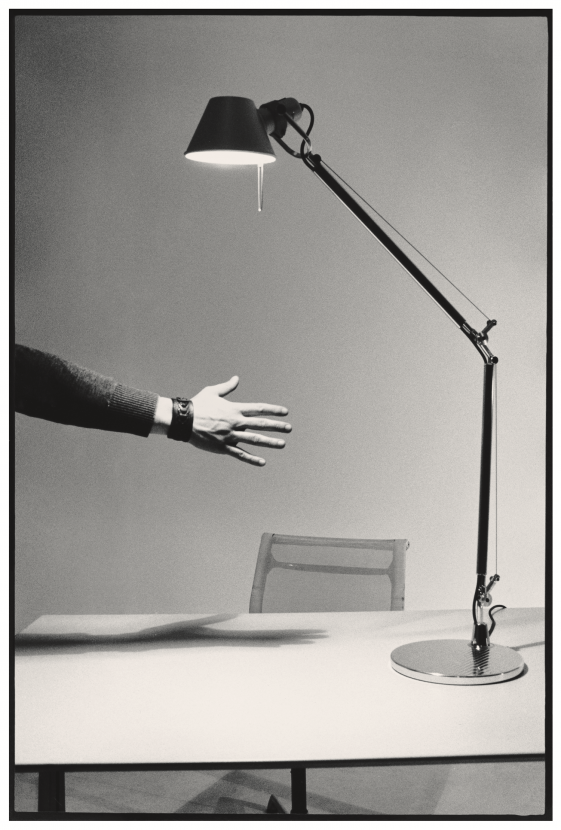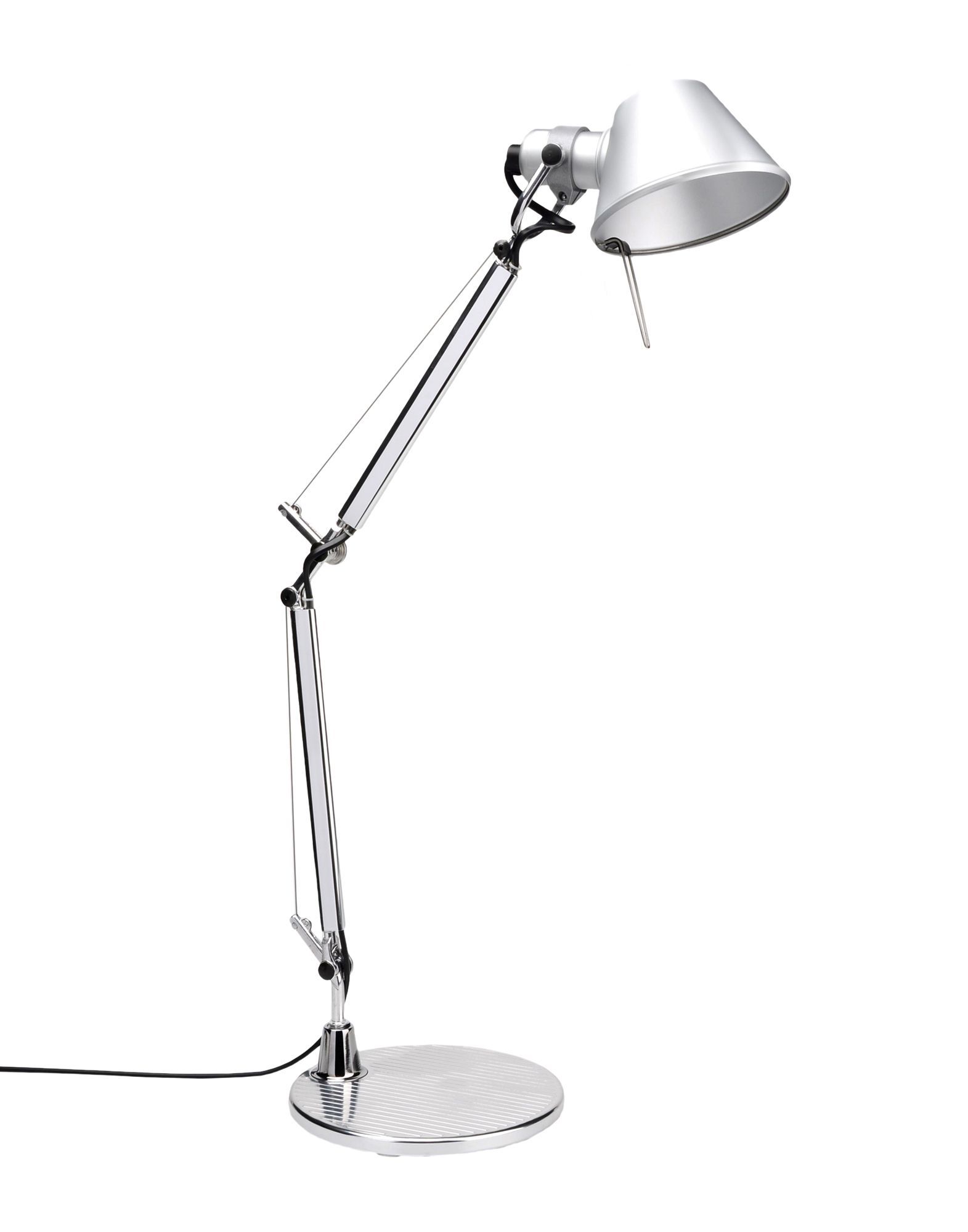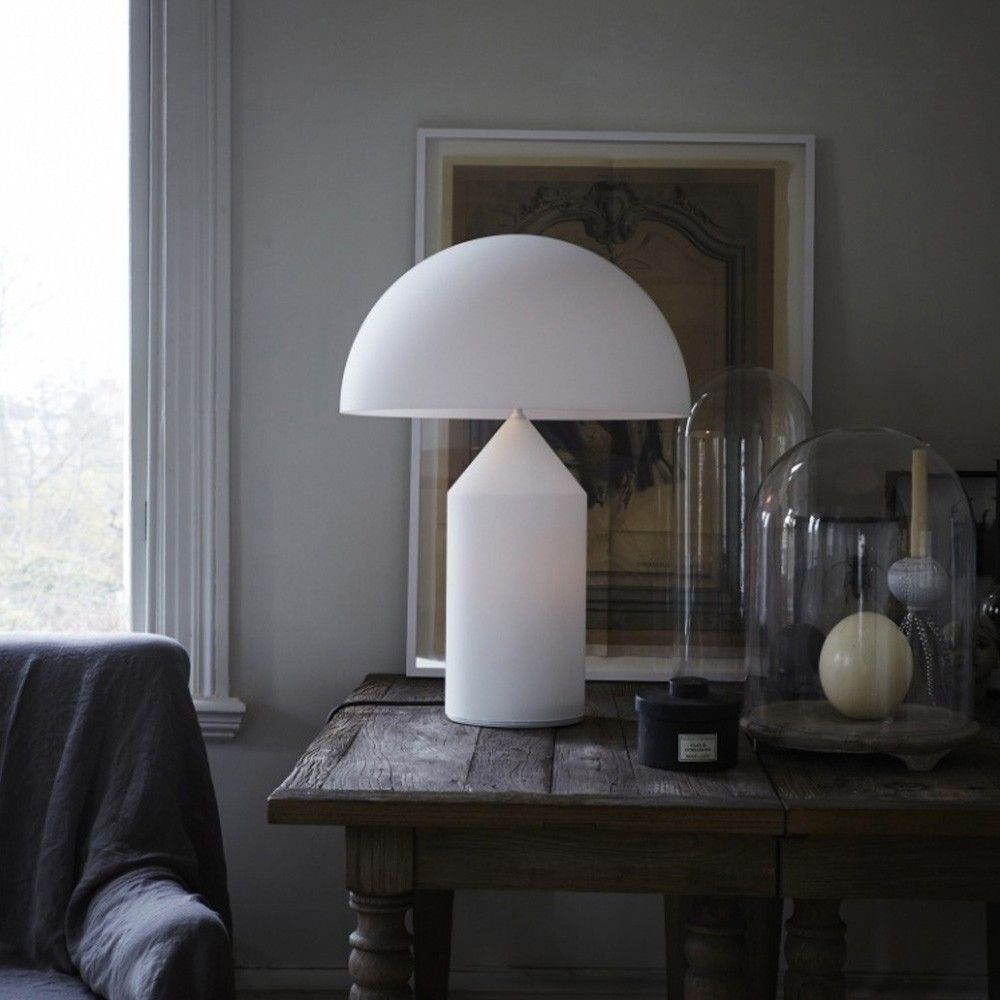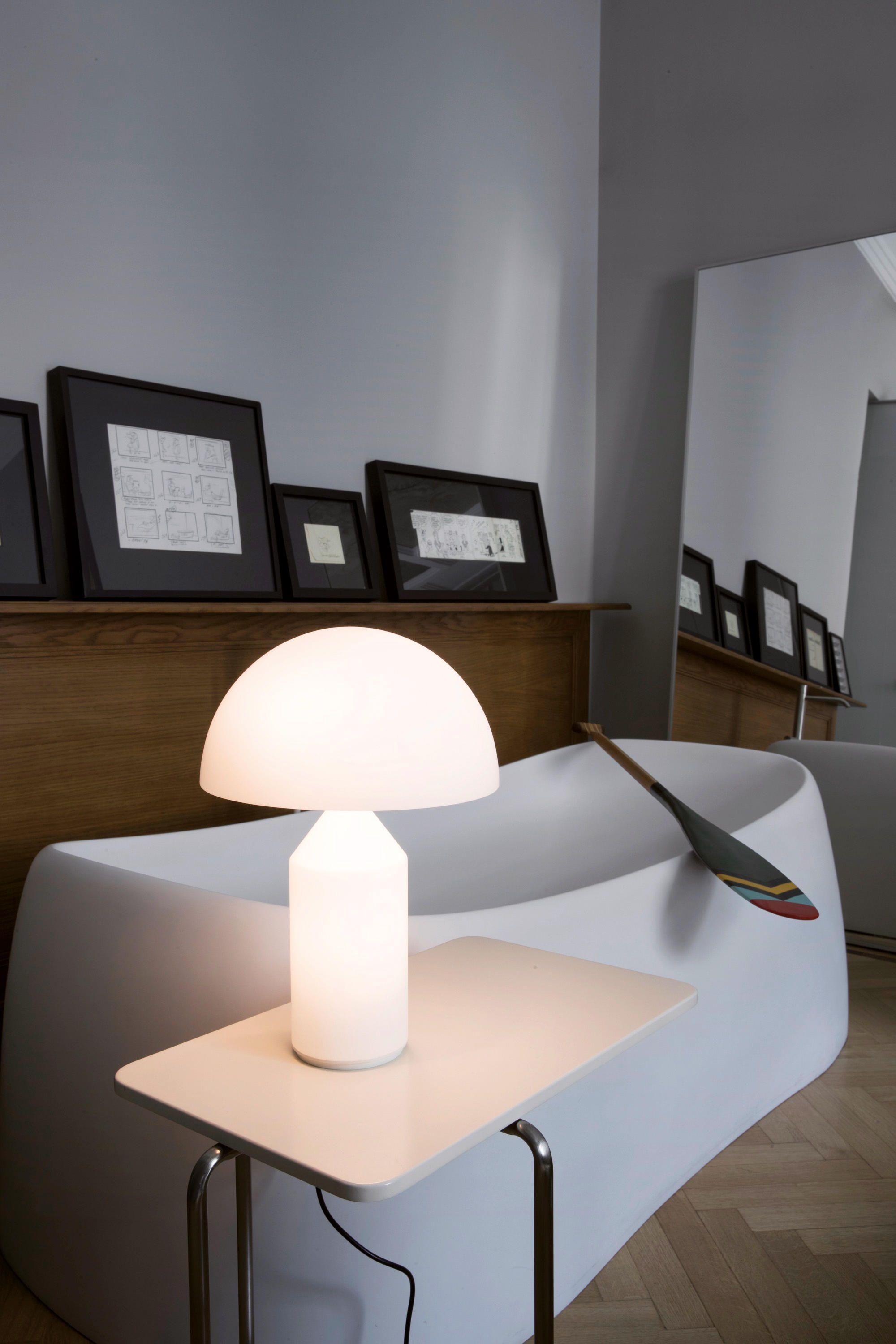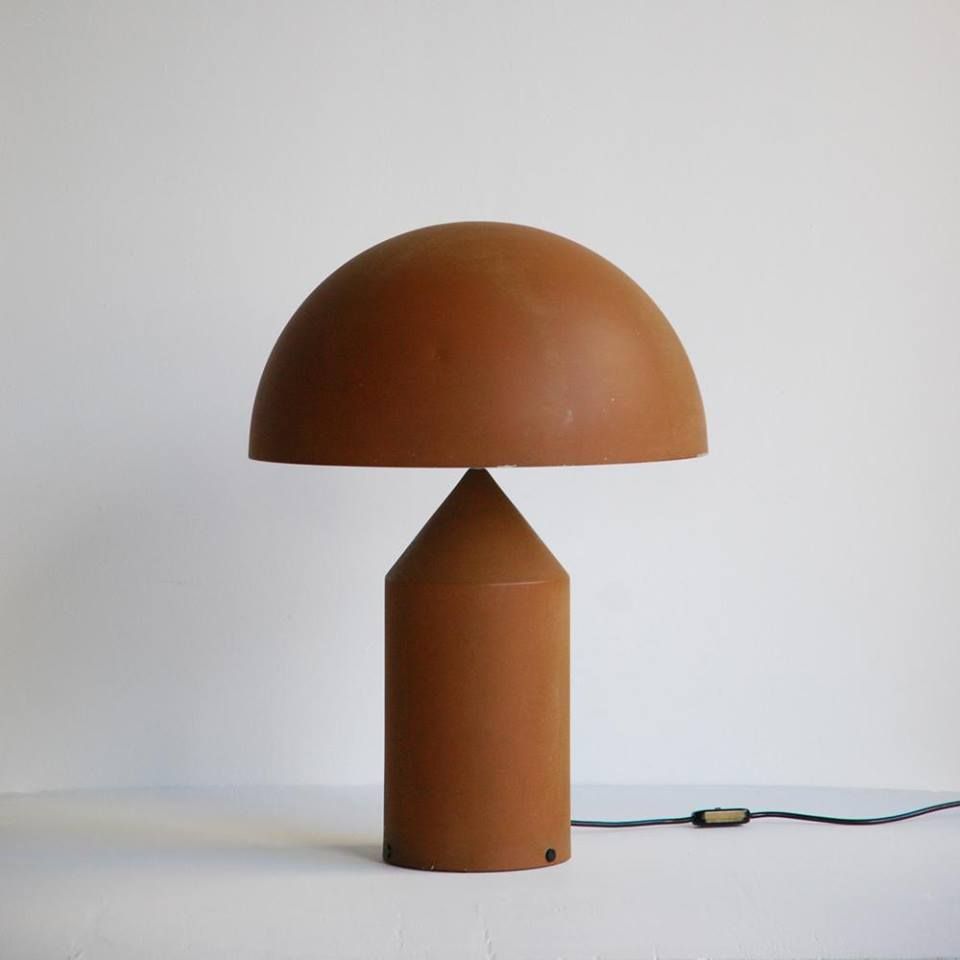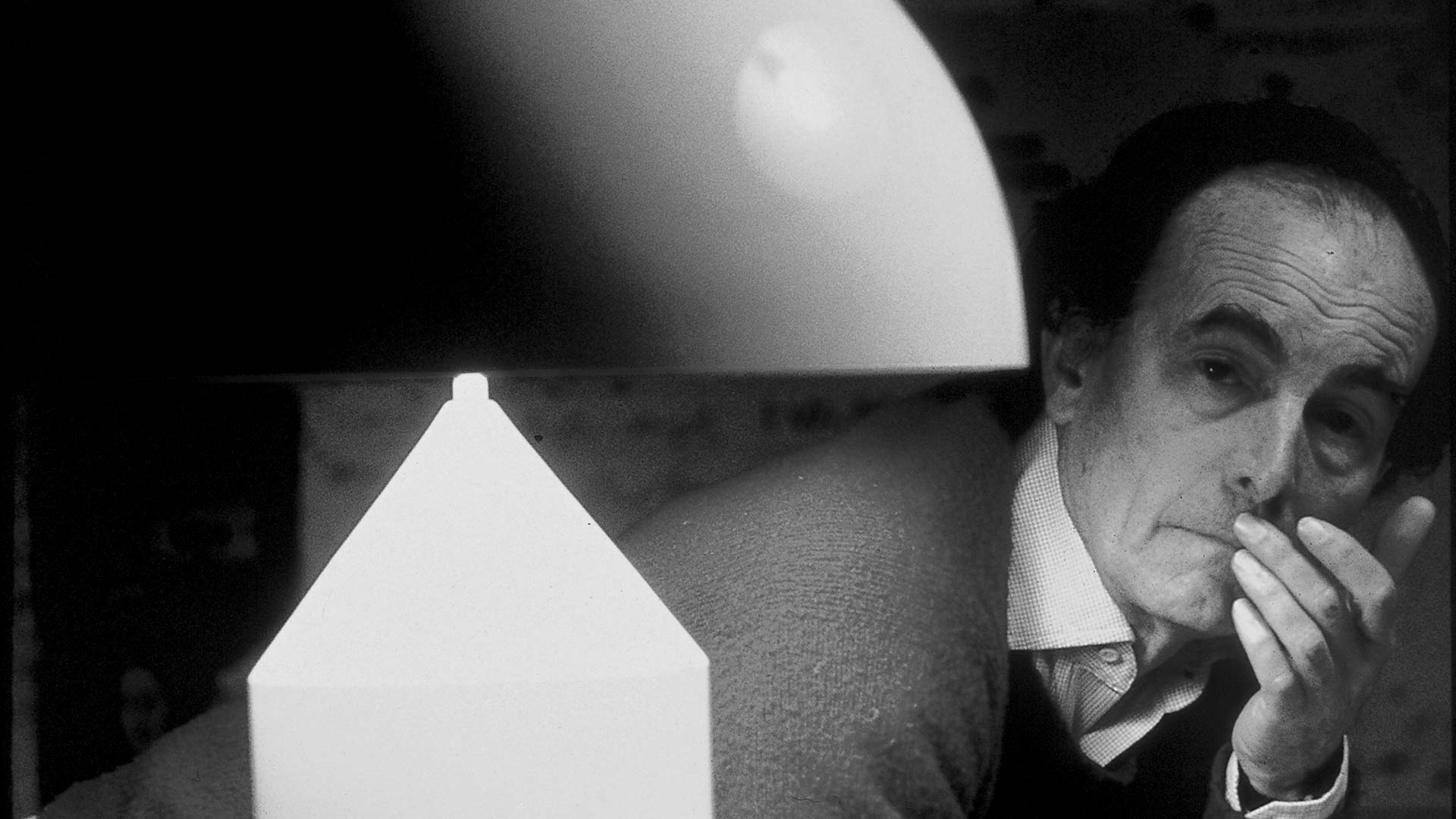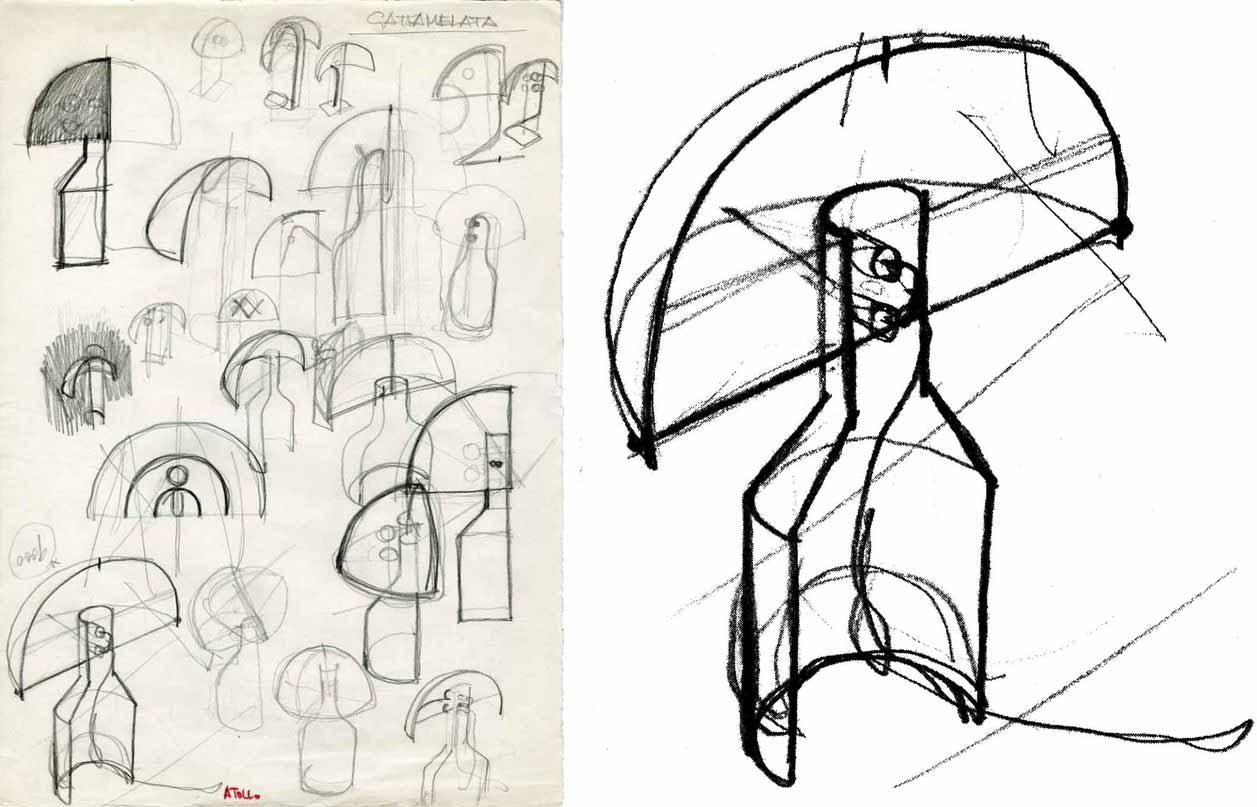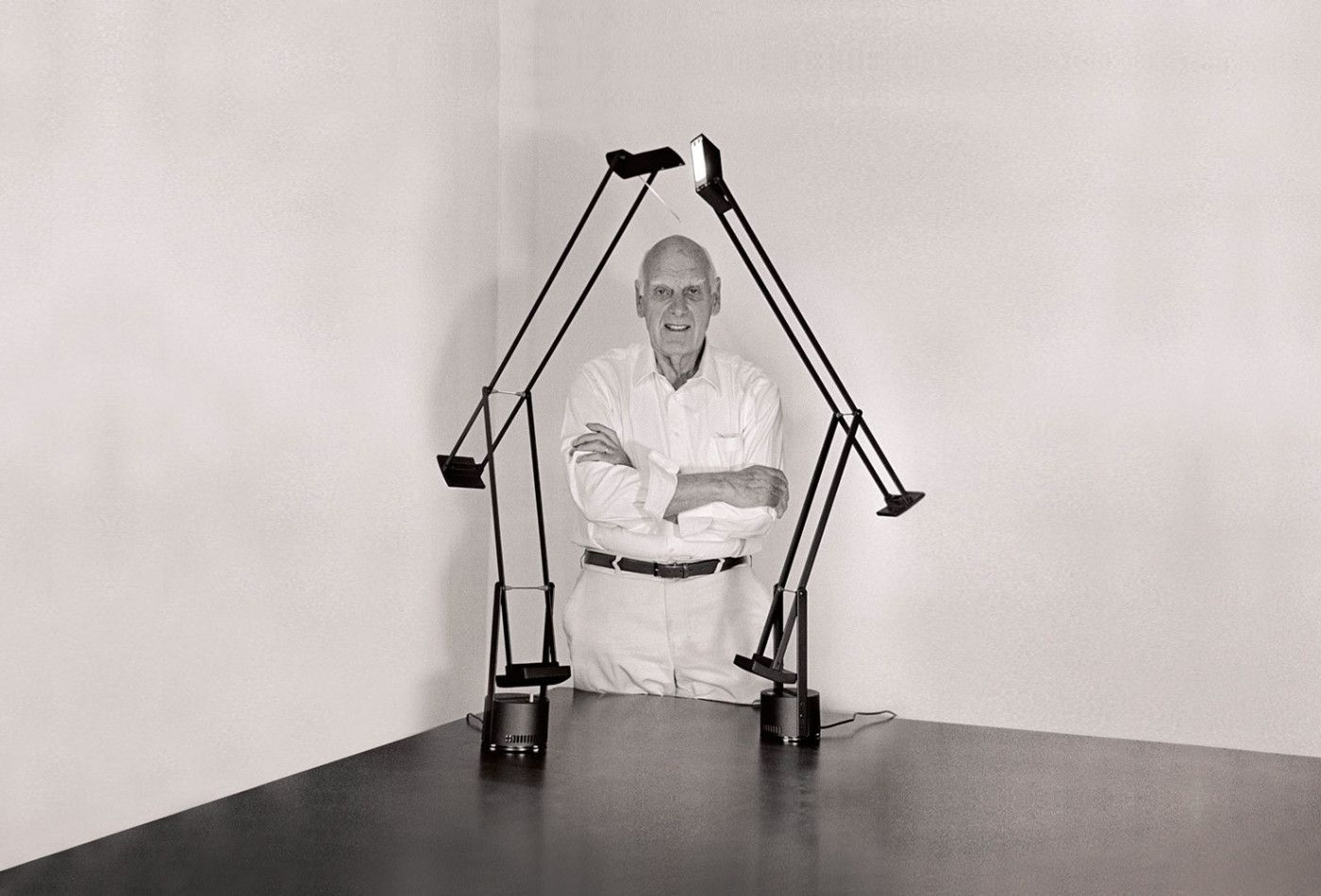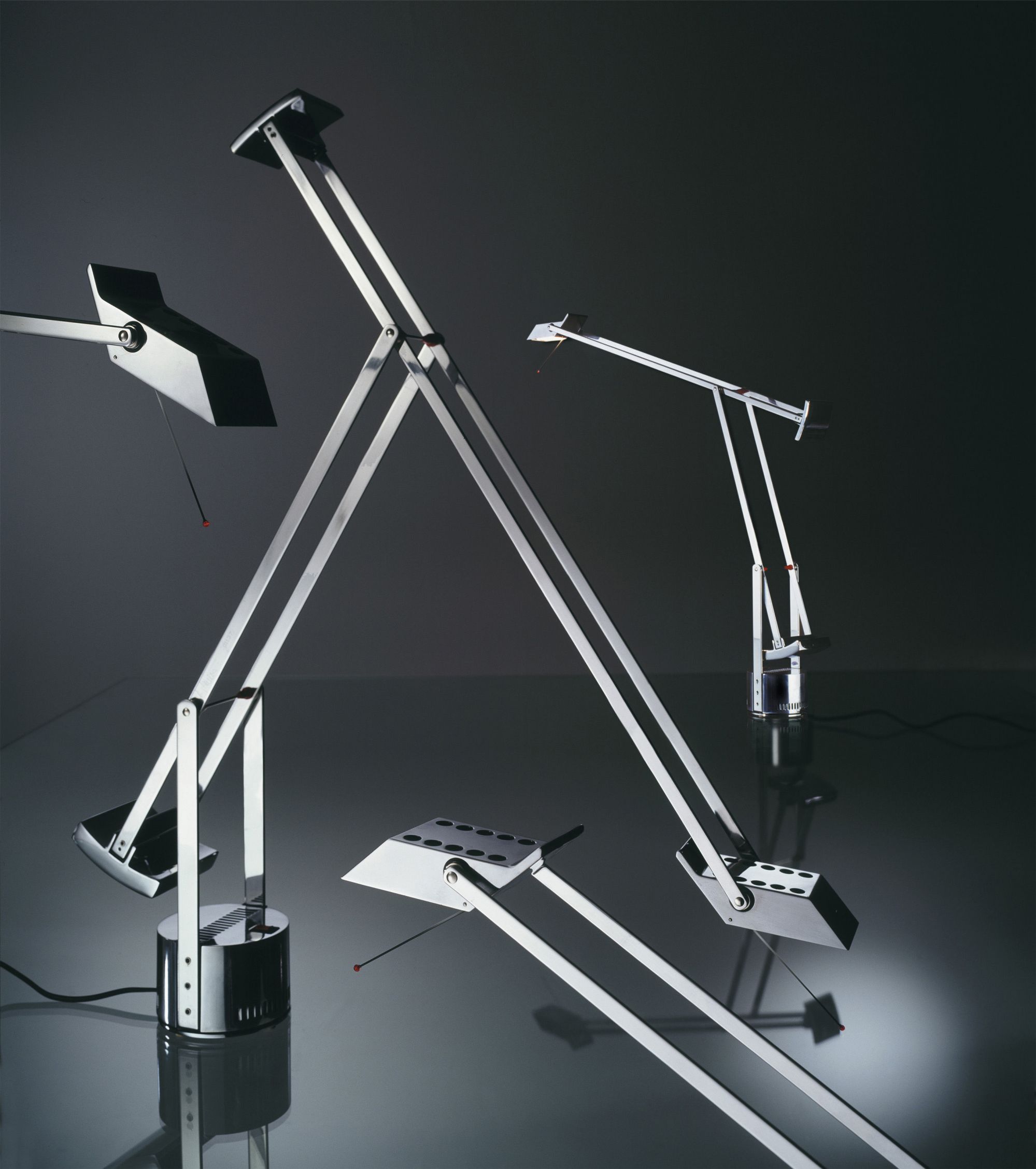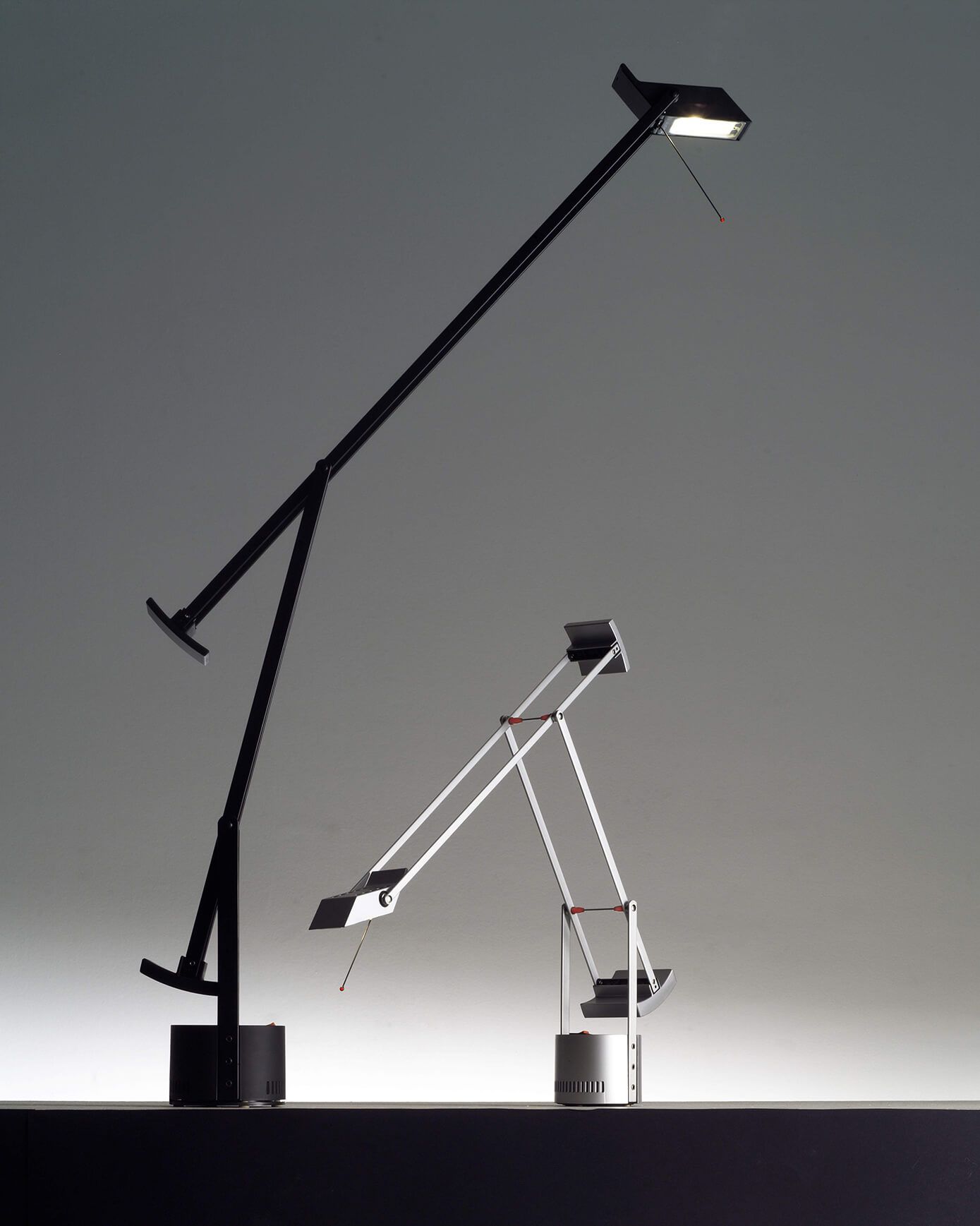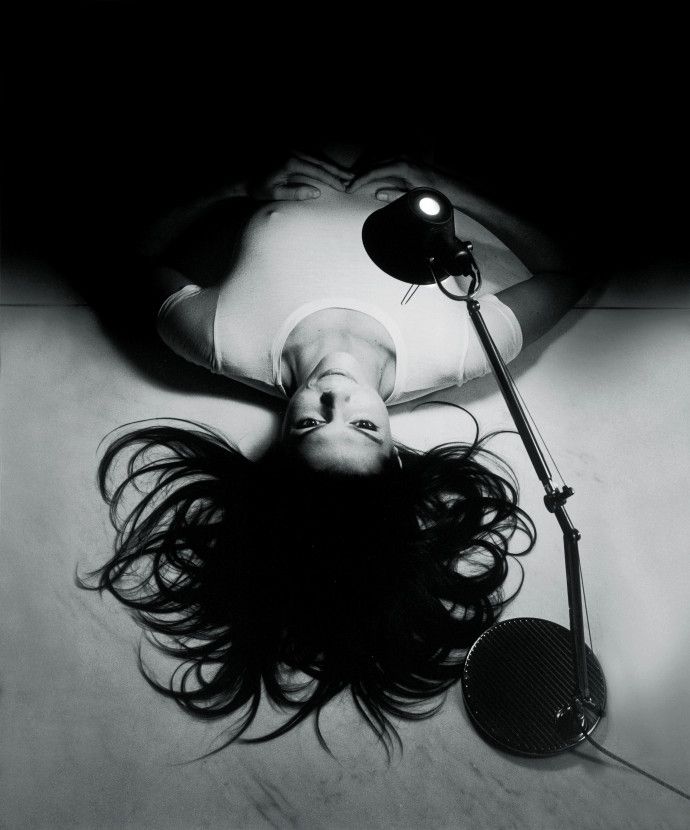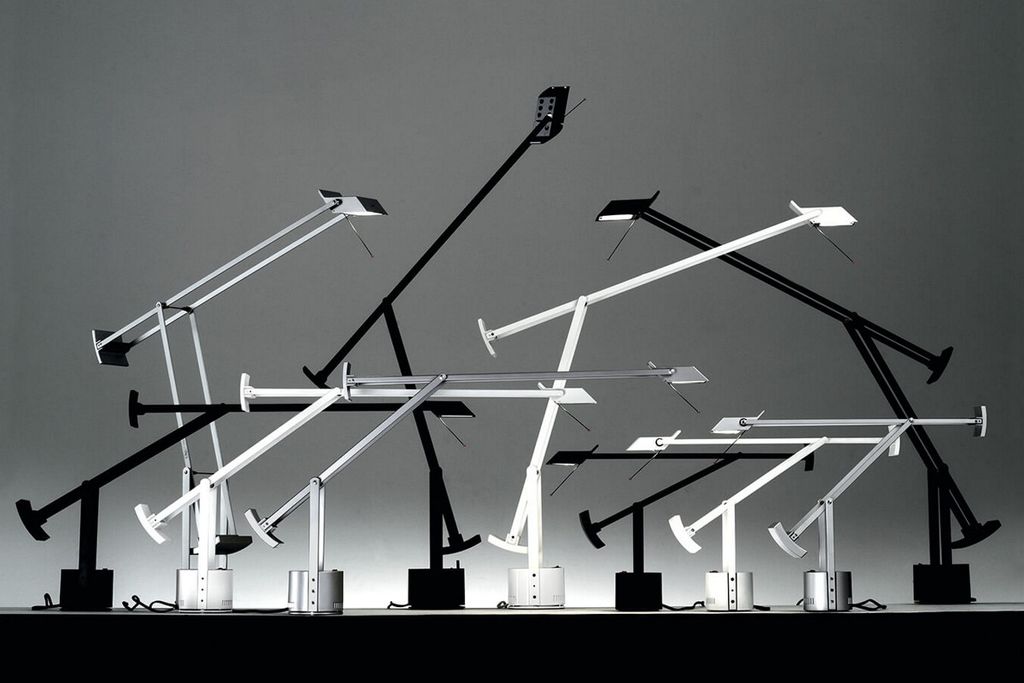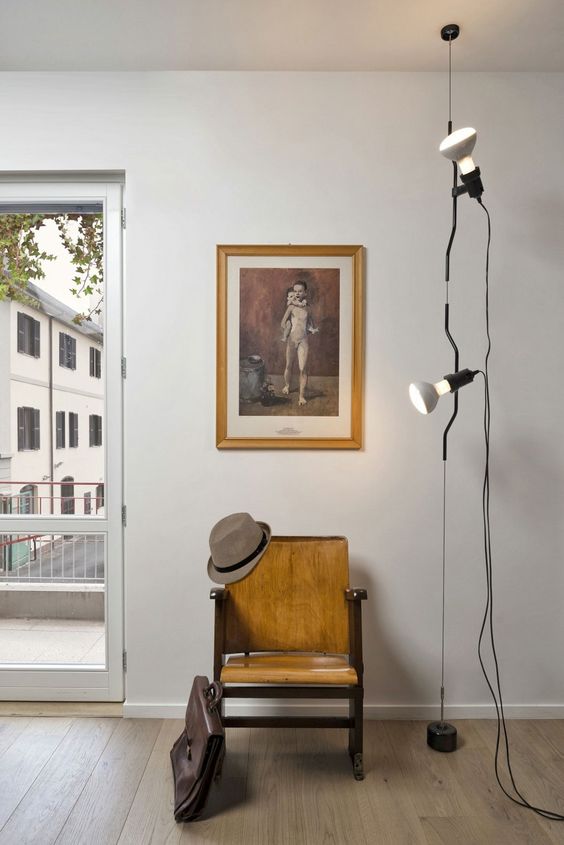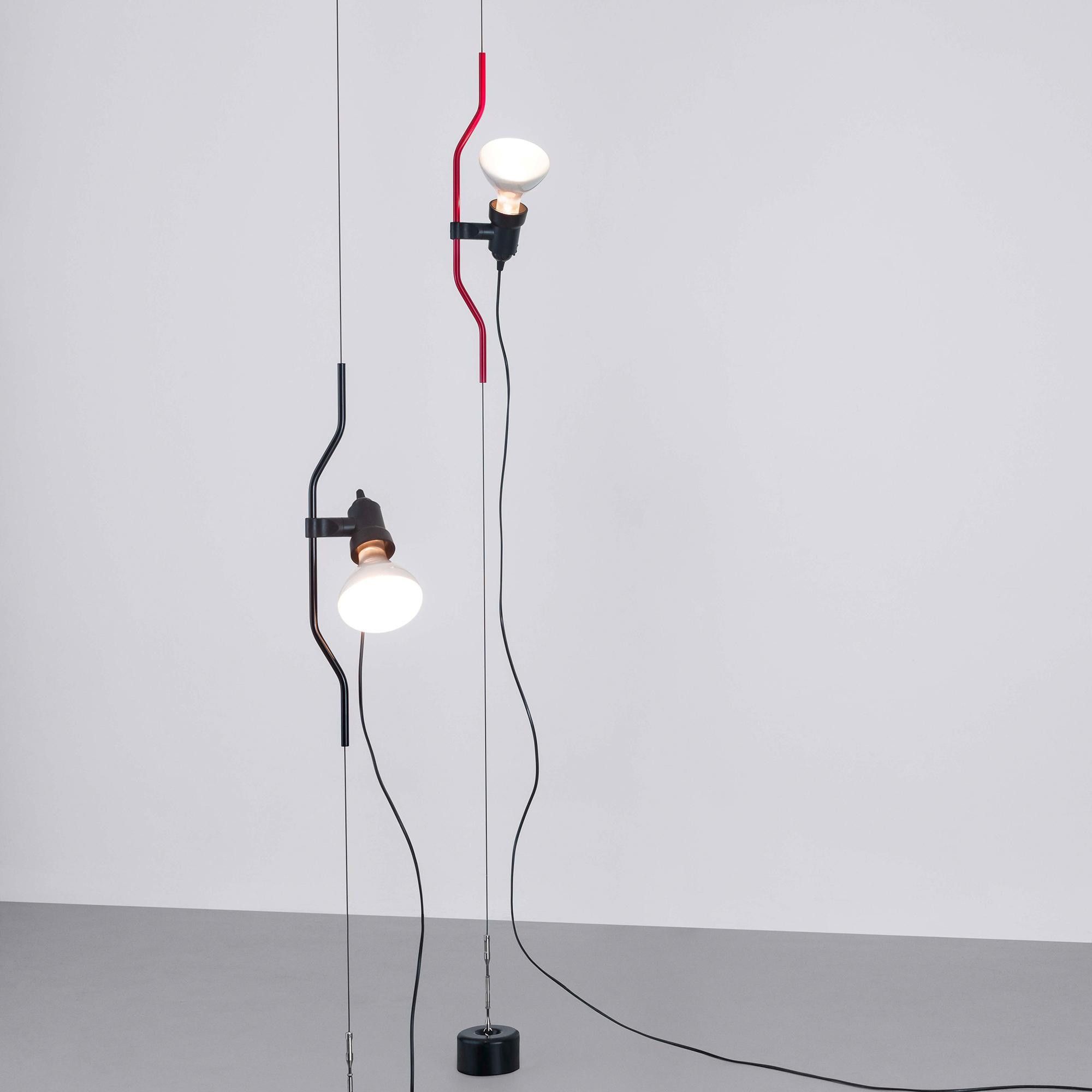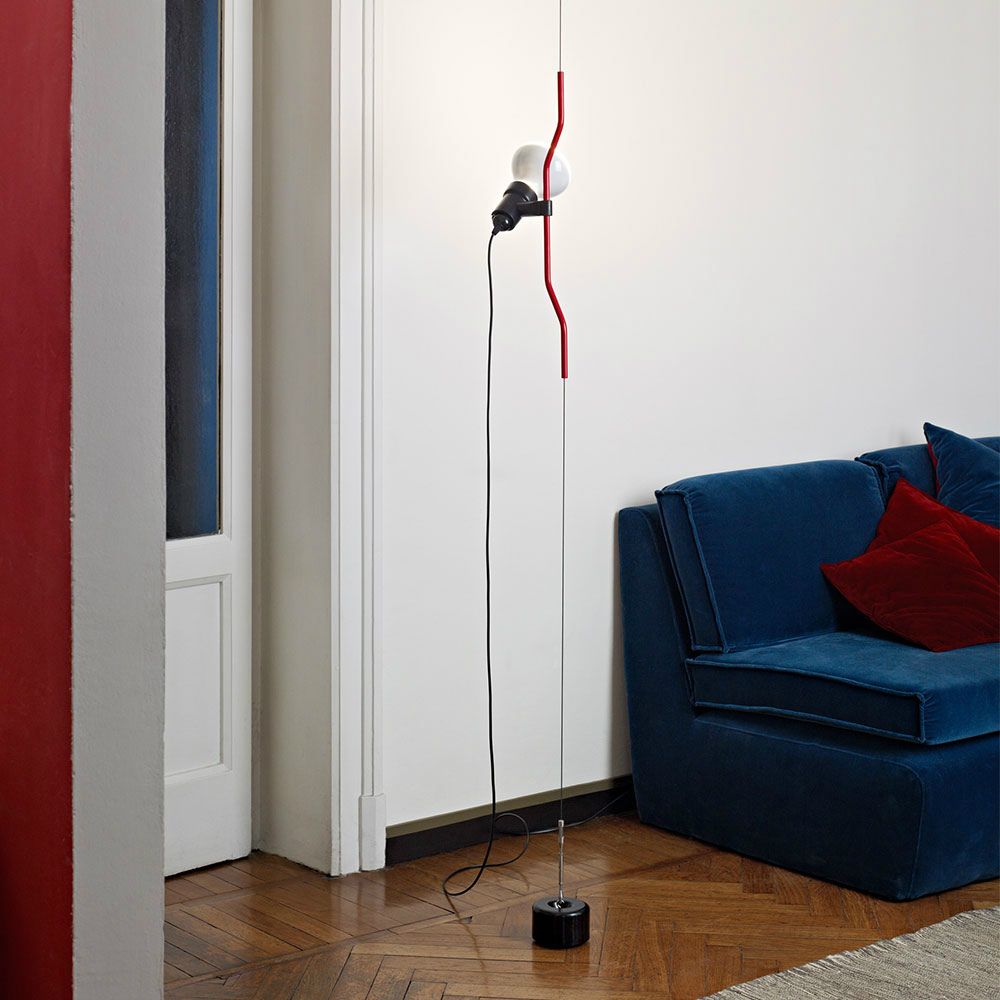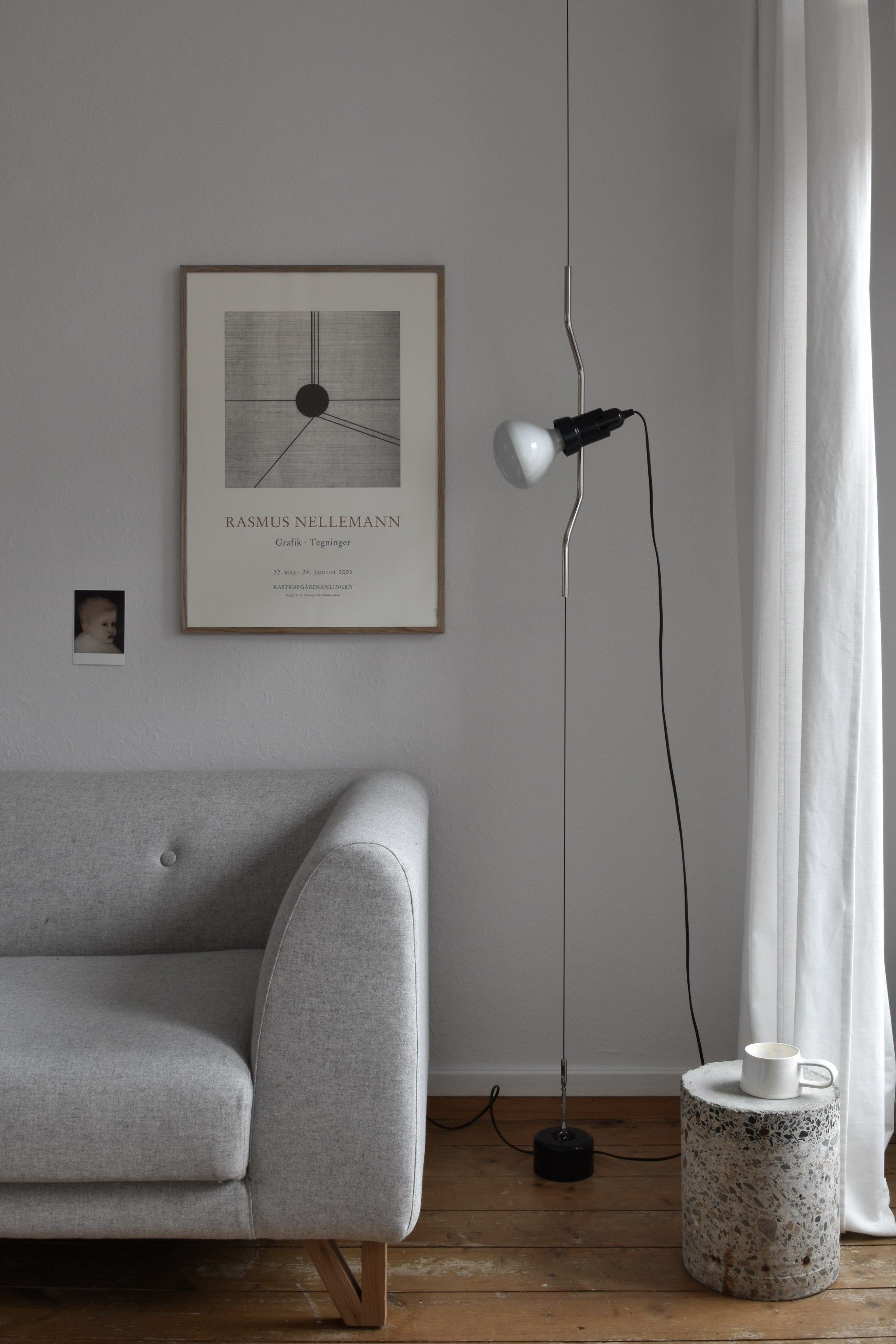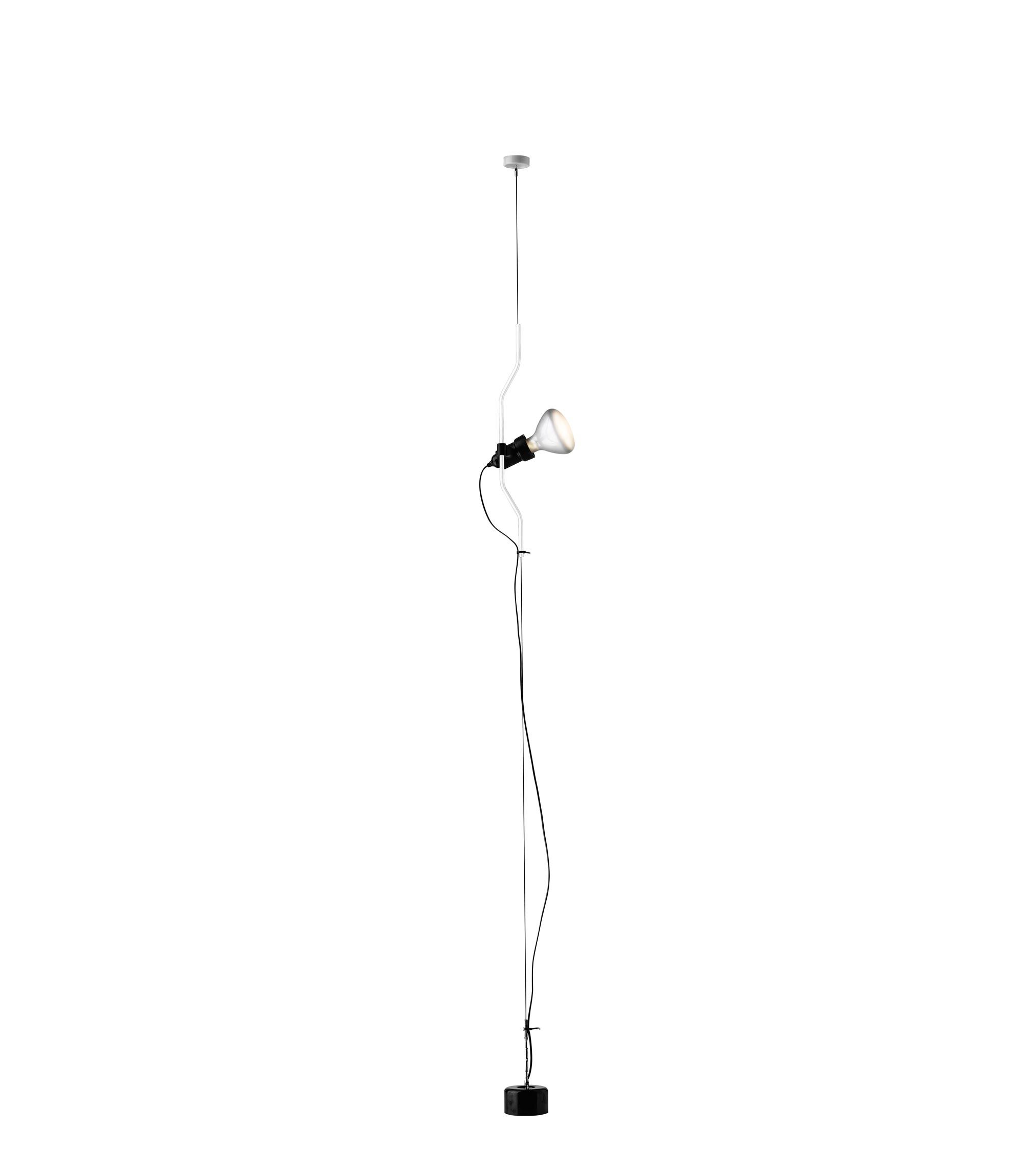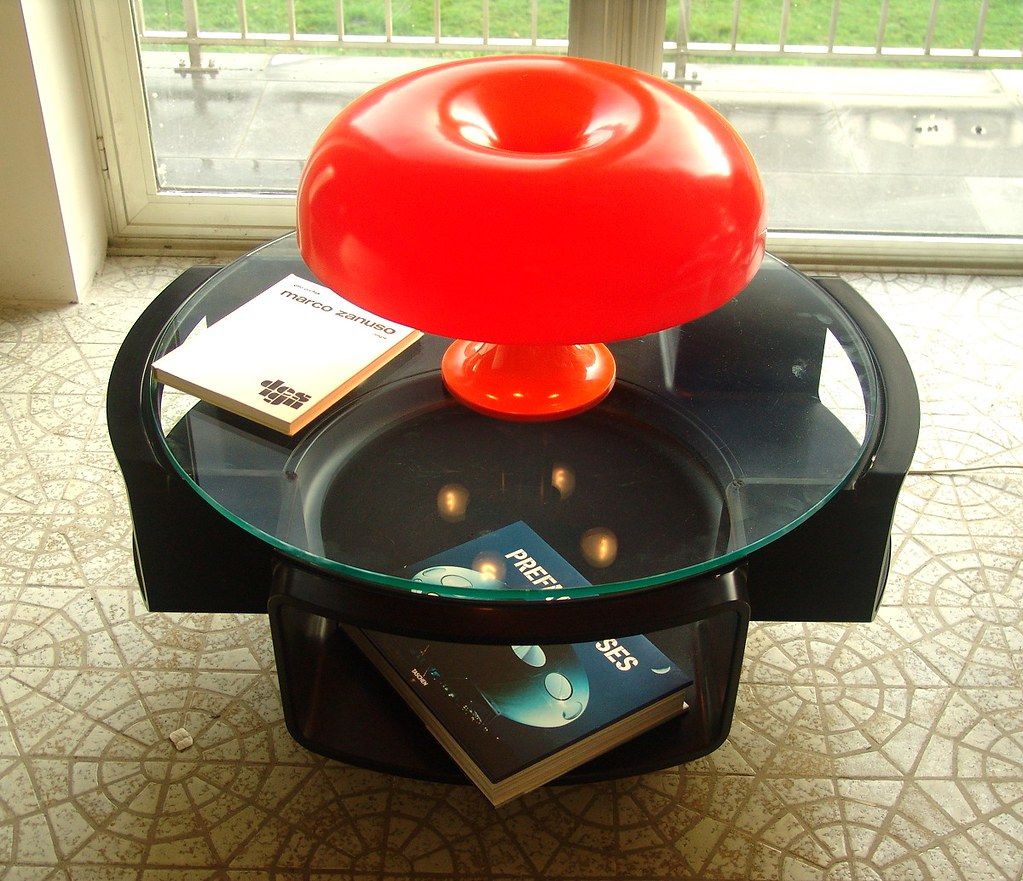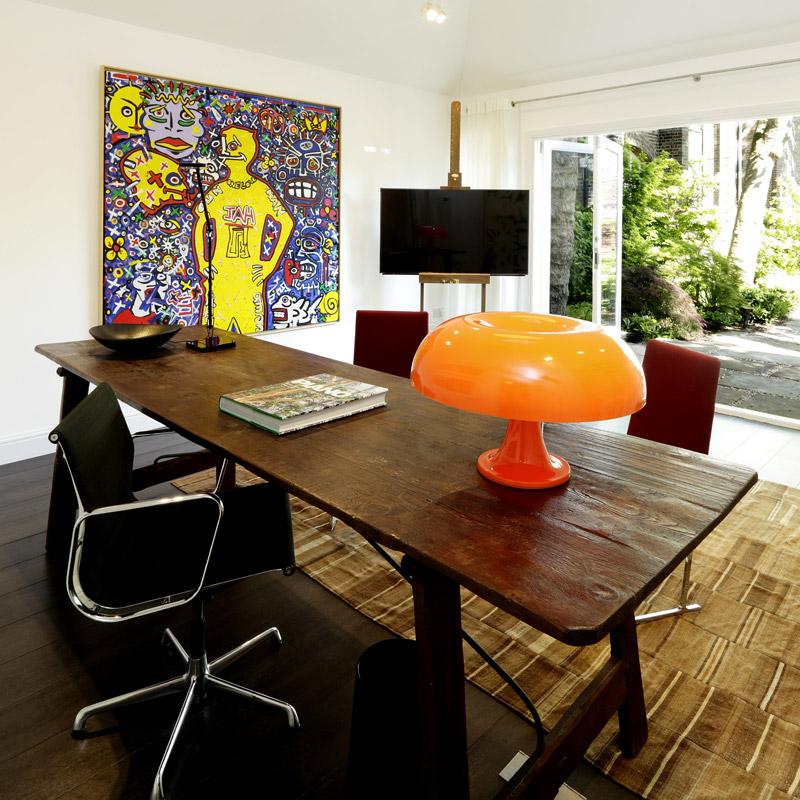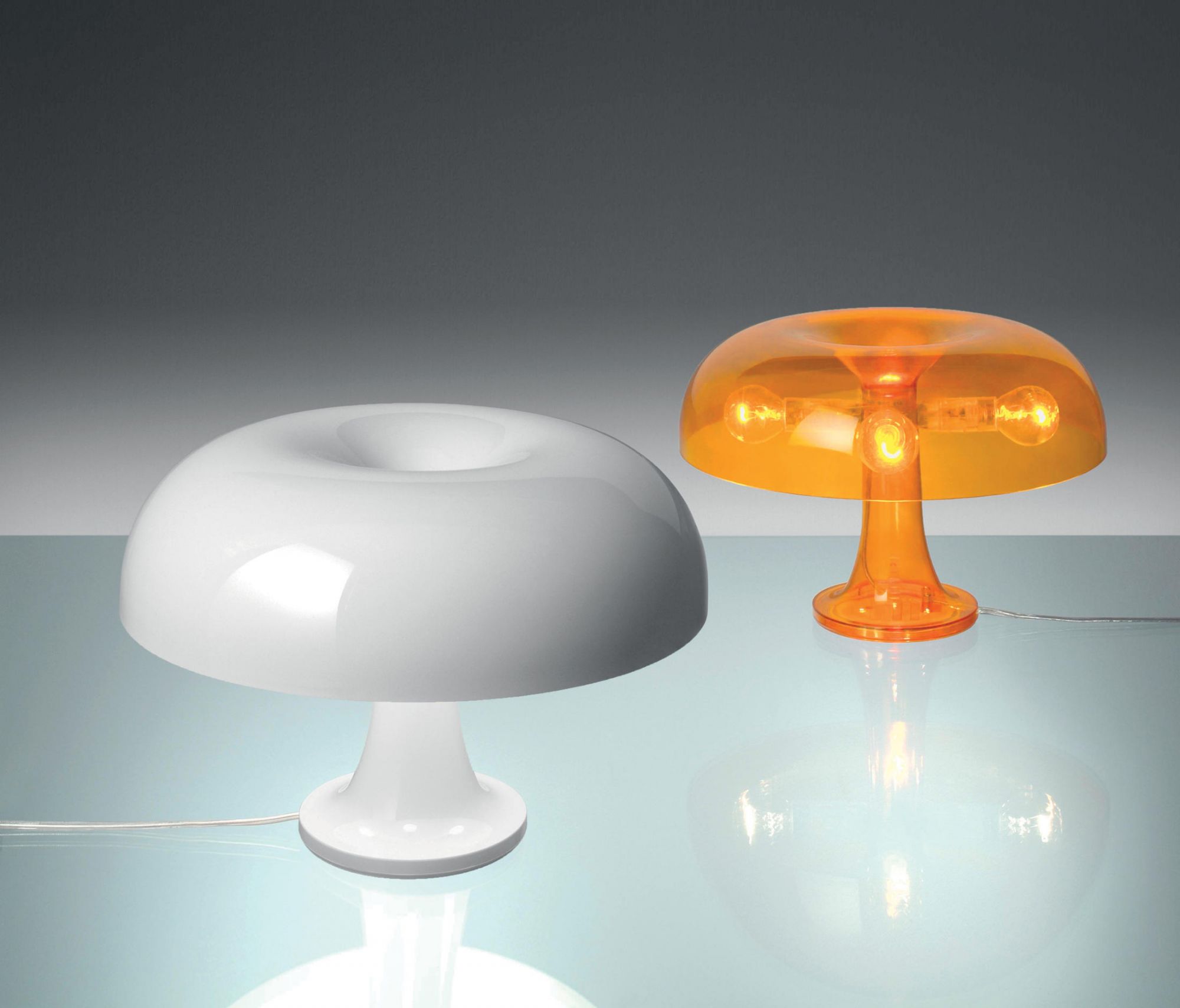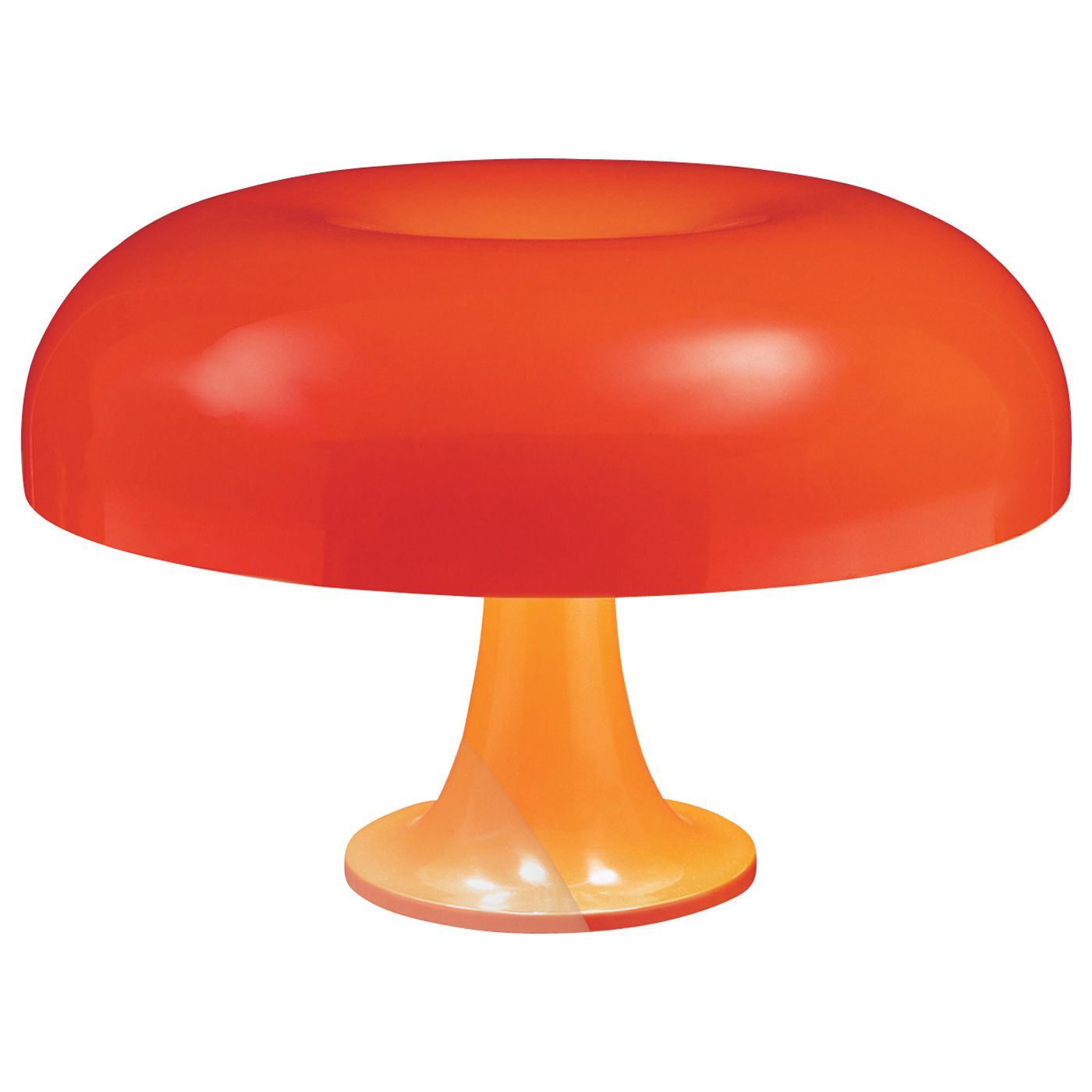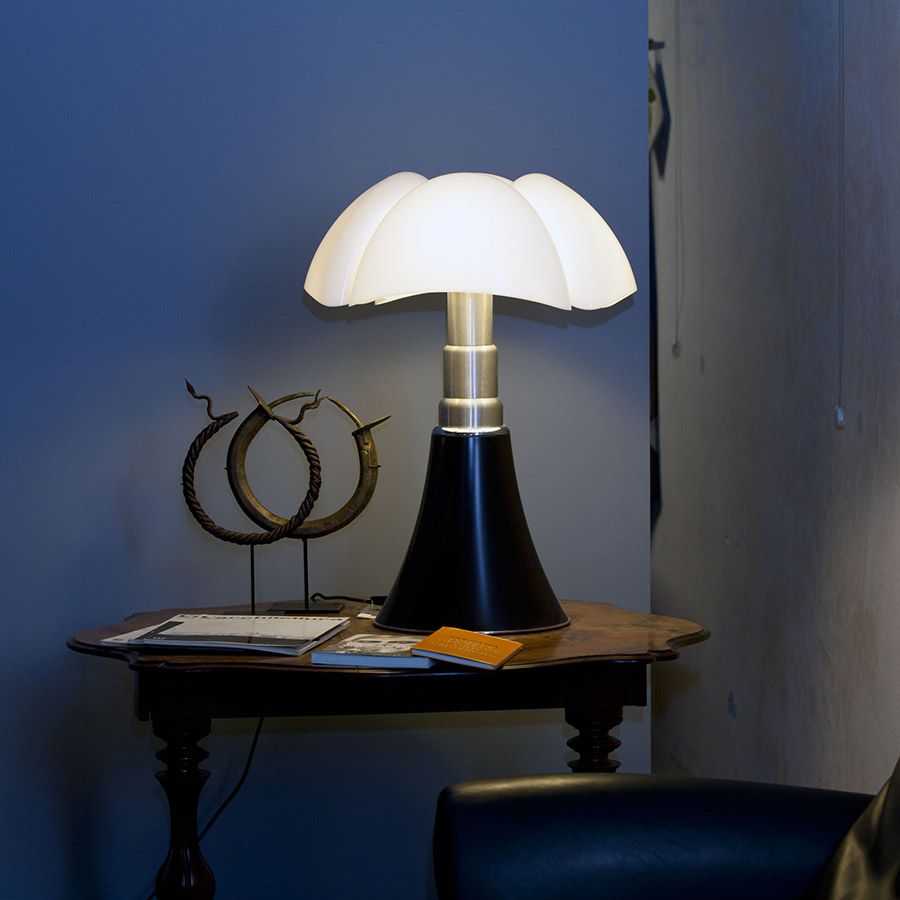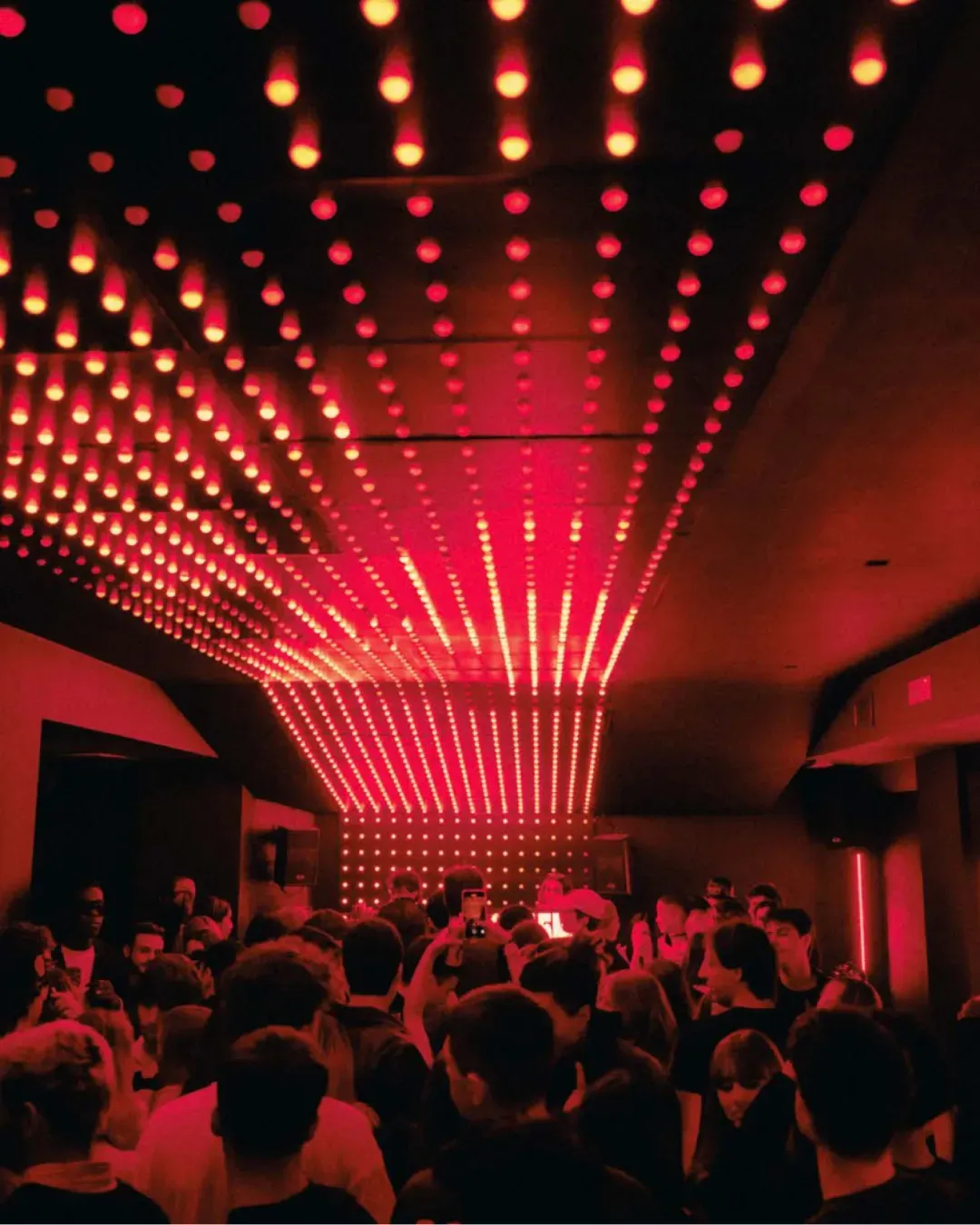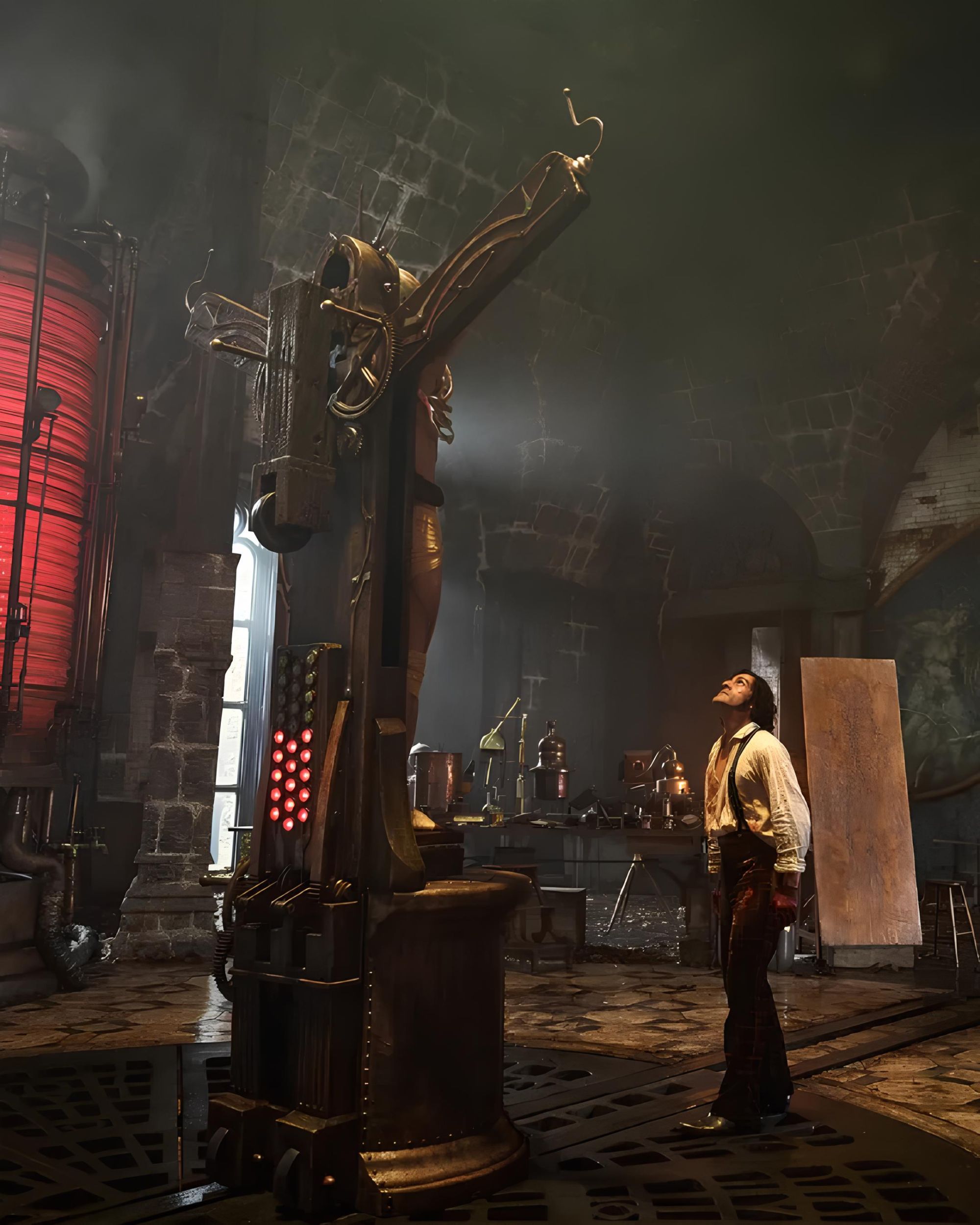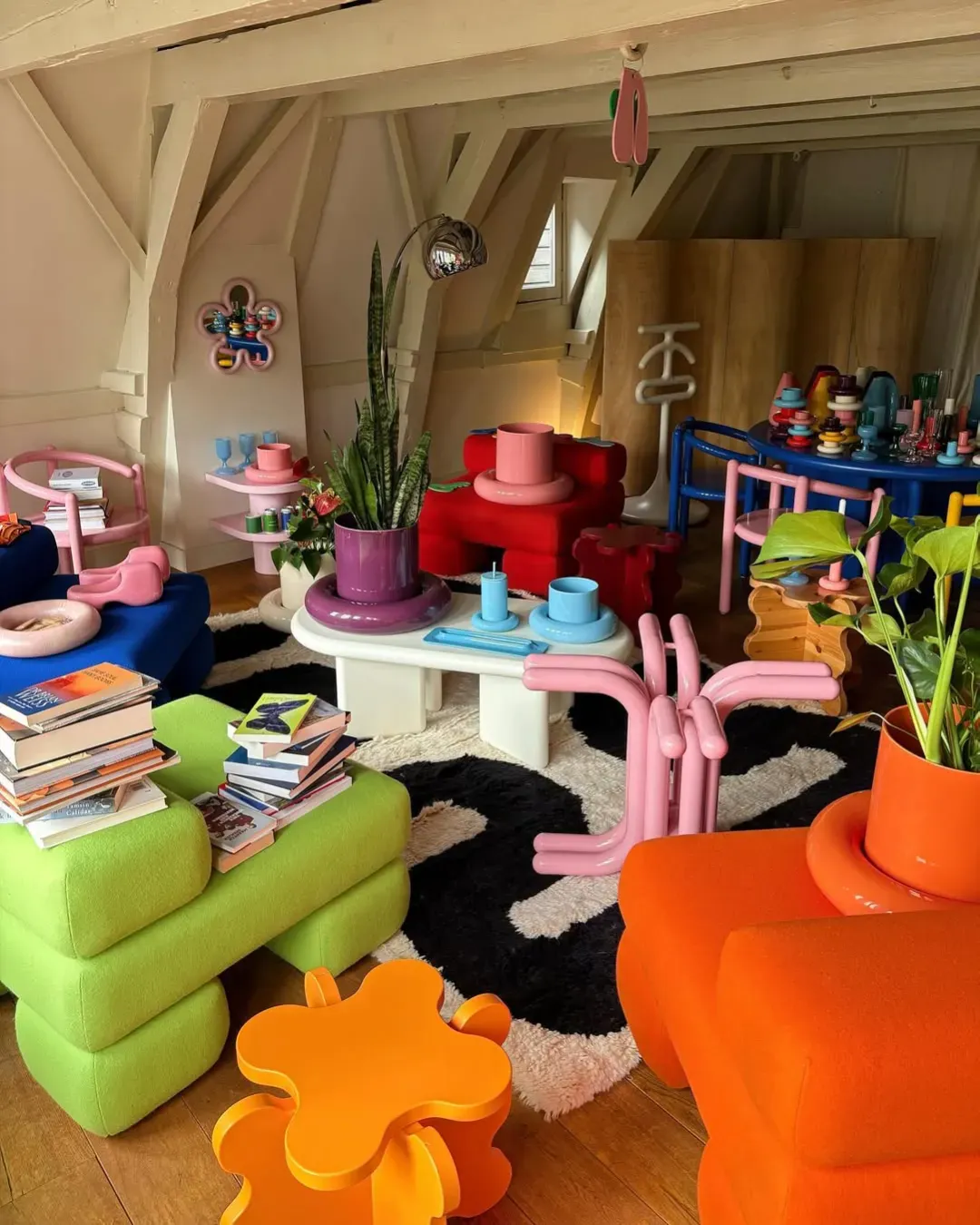
10 lamps that have made the history of Italian design From the Arco by Achille Castiglioni to the Tolomeo of Michele De Lucchi and Giancarlo Fassina
That of lamps is a very important category for the world of Italian design, which however enjoys a strangely secluded and independent position compared to the others. The lamp, in fact, represents, in the furniture, a paradoxical detail: never negligible but that never becomes a protagonist of its environment and remains rather as secluded as it is visible. In the history of Italian design we have long wondered about the nature of the lamp: designers such as Achille Castiglioni and Richard Sapper explored its practical purposes, making them adjustable, extendable, exquisitely technical; others, on the other hand, such as Vico Magistretti or Gae Aulenti questioned its aesthetics, the unity of the stem and lampshade and rethought its decorative possibilities adapting them to their times, thinking about the future or trying to modernize the past. More generally, it is precisely in the lamps that the transition from nineteenth-century opulence and decorativeness to the innovative practicality of modern style is most strongly felt. Later, the lamp became a statement: an object that declared the aesthetic affiliations of its owner, a witness to his love for modernity. And some of these, if not all, have become immortal classics – so pure and essential in their capacity for innovation that they have become timeless objects.
To better tell the story of these evolutions, here is a list of the 10 lamps that have made the history of Italian design.
1. Gio Ponti – Bilia (1932)
A lamp from the 30s that has never needed updates. The Bilia lamp exemplifies the whole spirit of Italian lamp design, which rethinks the duality of the barrel and lampshade outside the canons and traditional schemes. A cone and a sphere: the combination of two pure geometries that completely overturns all the ideas of the past. The stem was no longer a simple stem, the lampshade or diffuser was no longer a simple lampshade, the combination of the two was both recognizable and unrecognizable – it was for this reason that Gio Ponti's Bilia was the lamp that made all the others that had preceded it seem antiquated.
2. Pier Giacomo & Achille Castiglioni – Arco (1962)
In addition to being a masterpiece of elegance and functionality, the Arco dei fratelli Castiglioni holds an important record: that of being the first object of industrial design to be recognized the rights of authors as, before then, had happened only to works of art. The basic need was to be able to enjoy a suspended light point without the heaviness and fixity of a chandelier. Thanks to its essential structure and its heavy marble base, the Arco of the Castiglioni brothers could be placed anywhere, and constituted a much more discreet light point than a chandelier.
3. Bruno Munari – Falkland (1964)
Many Art Deco lamps, in the previous century, had tried to incorporate elements of Japanese art into their design, but it was Bruno Munari who reinterpreted the tradition of paper lanterns in the most revolutionary way. The inspiration for the design is quite clear, although not immediate sight, but it was the search for materials that gave the decisive turning point to the creative process: since the paper was fragile and turned yellow over time, Munari thought that he could replace it with fabric. Using the filanca, a fabric used to make socks, and structuring it through steel circles, Munari obtained a tubular structure that was both wide and easy to transport and assemble – and which still remains one of the most imitated design objects of the century.
4. Vico Magistretti – Eclisse (1965)
The design of this lamp also stemmed from a practical need: to adjust the intensity of the light. Without resorting to dimmers or other technologies, the solution found by Magistretti was all analog. Having a rotating lampshade that allows you to immediately dose the amount of light emitted by the lamp – all married to those principles of simplicity and cheapness that were so loved by the Italian design of its time. Once again the recourse to essential geometry, almost conceptual, and the use of the sphere started by Gio Ponti returns – but this time with an added response to a practical need so essential that it makes it an almost conceptual object.
5. Gae Aulenti – Pipistrello (1965)
The Pipistrello lamp by Gae Aulenti is a fascinating object: retro and futuristic at the same time, its shape recalls the decorativeness of Liberty but accentuates in a futuristic sense the almost organic aspect of design. The tripartition of its structure, in base, stem and lampshade, is inspired by the construction of classical columns and yet details such as the telescopic steel frame that transform it into a floor lamp or table lamp place it decisively in the field of modernity.
6. Giancarlo Mattioli & Gruppo Architetti Urbanisti Città Nuova – Nesso (1967)
Presented at the Salone del Mobile in '65 and already winner of awards, the Nesso lamp officially entered the market in 1967. At the time it was its futuristic design that struck the public, that apparent seamless fusion of barrel and lampshade – but the real avant-garde lies in its construction, created with a cutting-edge technology for the time and that is its thermoplastic injection molding in ABS. In the years that followed, Nesso became one of the great classics of Italian design as well as the 70s aesthetic and was even exhibited at the Metropolitan Museum of Art and the Museum of Modern Art.
7. Achille Castiglioni & Pio Manzù – Parentesi (1971)
Manzù's idea and Castiglioni's design: these are the two ingredients of the incredible up-and-down lamp that took the name of Parentesi. Like many other works of Italian design of the time, this lamp also used elements from other technical sectors for its operation, in this case it was a sailboat tensioner fixed to the base. Its construction was both very sophisticated but visually simple: a steel cable fixed to the ceiling by a disc with hook, a lamp holder with a rotating joint with an exposed light bulb, a support for the same composed of a lacquered sheath dress in the shape of brackets – from which the lamp then took its name.
8. Richard Sapper – Tizio (1972)
Richard Sapper was a German designer who spent almost the entirety of his career in Milan. He designed many objects, which earned him 11 Compasso d'Oro awards, but in the field of lamps it was the Tizio model that consecrated him. Failing to find an extendable lamp that you can move with practicality on your work table, with a small two-intensity halogen lamp mounted on a long and adjustable arm. Its angular and ultra-minimal design was revolutionary for the time but did not achieve universal success until the arrival of the 80s – a period in which the lamp became a must for many Wall Street offices.
9. Vico Magistretti – Atollo (1977)
A sort of meeting point between the pure geometries of Gio Ponti and the nostalgic elegance of Gae Aulenti, the Atollo by Magistretti represents one of the most beautiful abstractions of everyday abat-jour. If Ponti had reduced the classic lamp to a cone and a sphere, Magistretti places the cone on a cylinder and cuts the sphere in half, almost creating the illusion that the upper part is just suspended on the base.
10. Michele De Lucchi & Giancarlo Fassina – Tolomeo (1987)
Inspired by the Norwegian work lamp Naska Loris, already in itself an iconic masterpiece of functionality, De Lucchi and Fassina have the intuition to maintain spring operation but to hide it inside the arm of the lamp itself. The result was the elimination of excess elements in the design and a much more elegant final rendering. The particular configuration of the various elements, moreover, allowed numerous solutions that, keeping intact the general aesthetics, transformed the table lamp into a suspension lamp, into a lamp with a clamp or even with a fixed base.









































